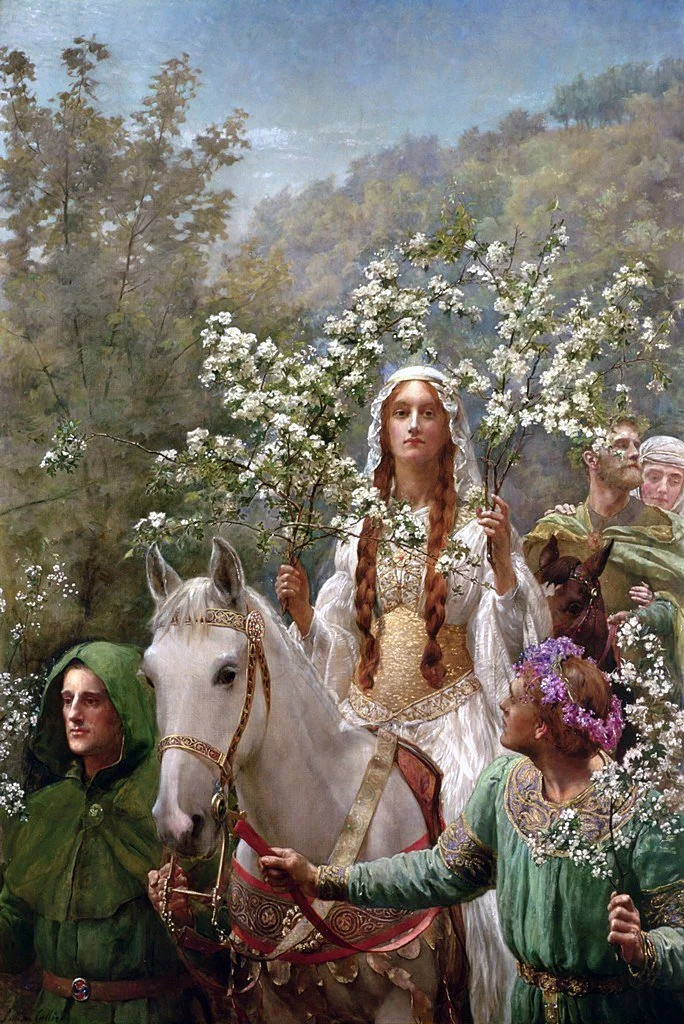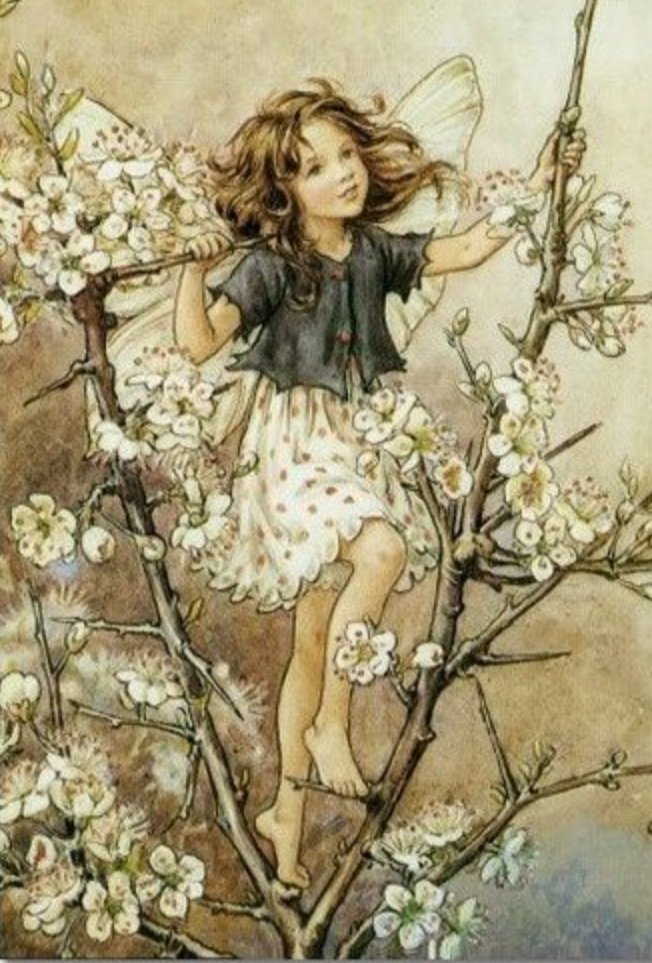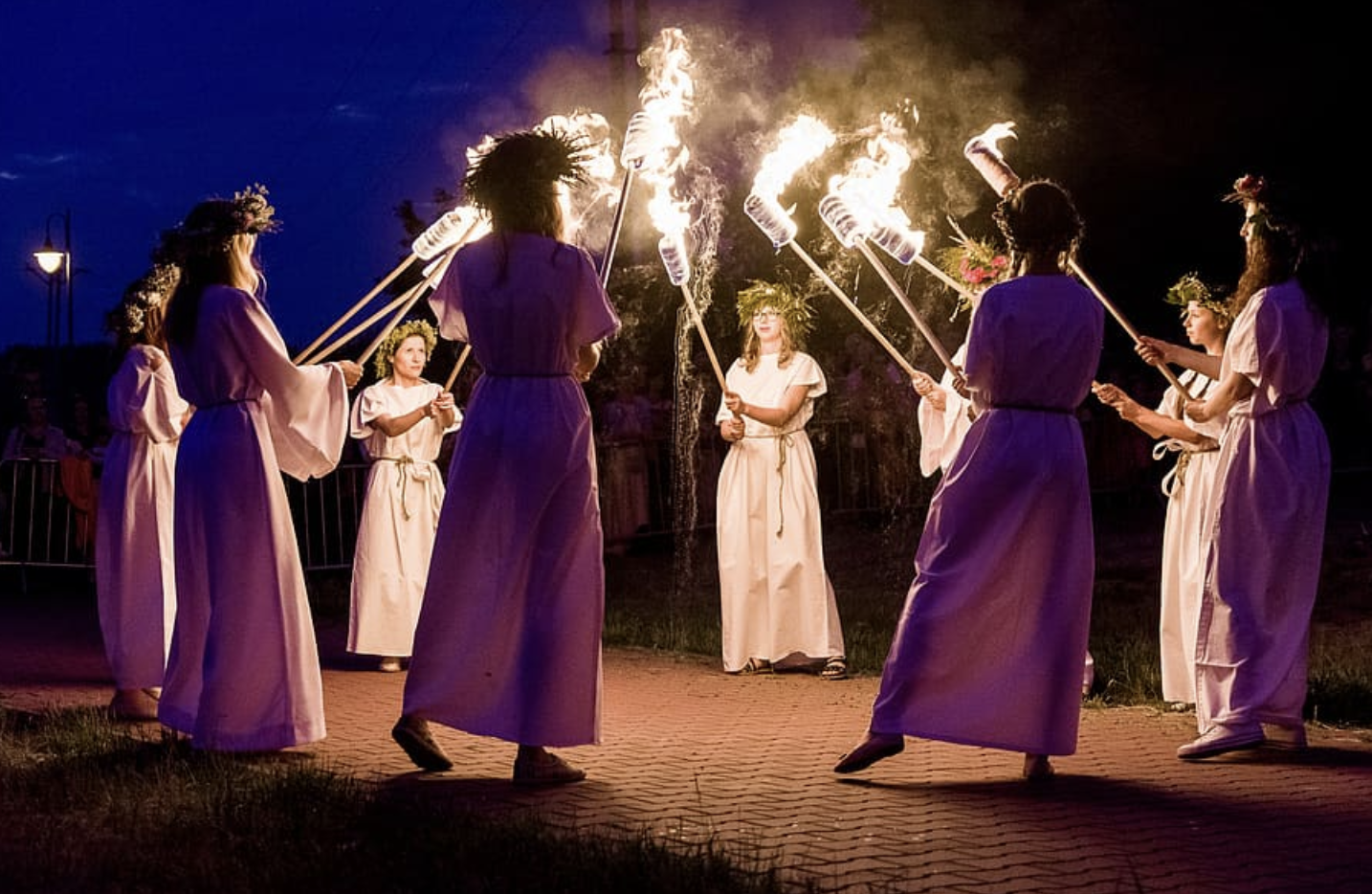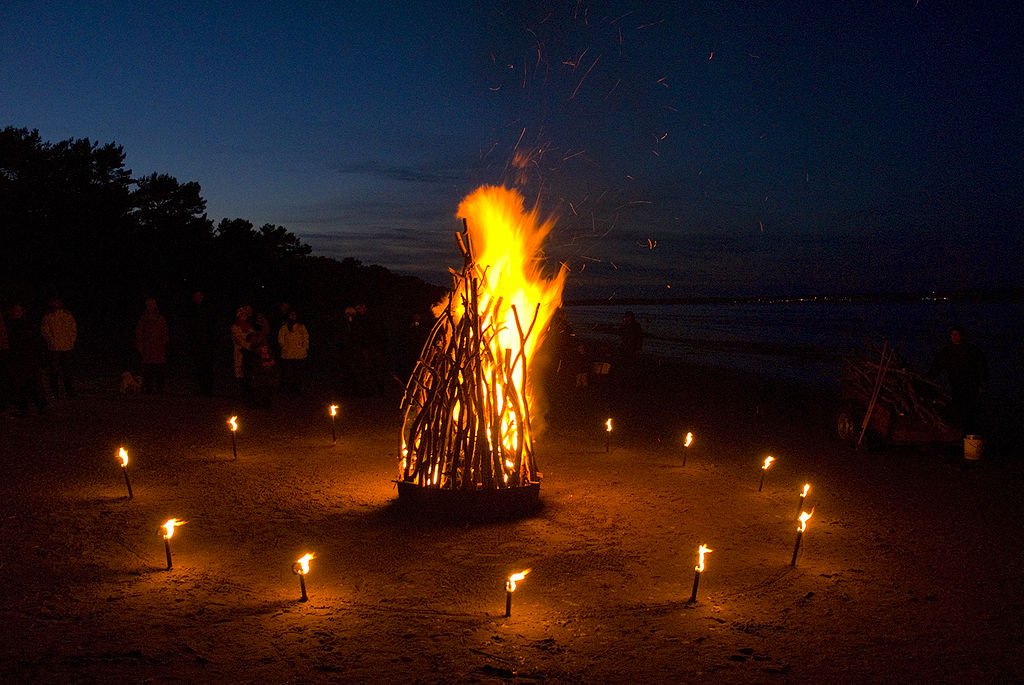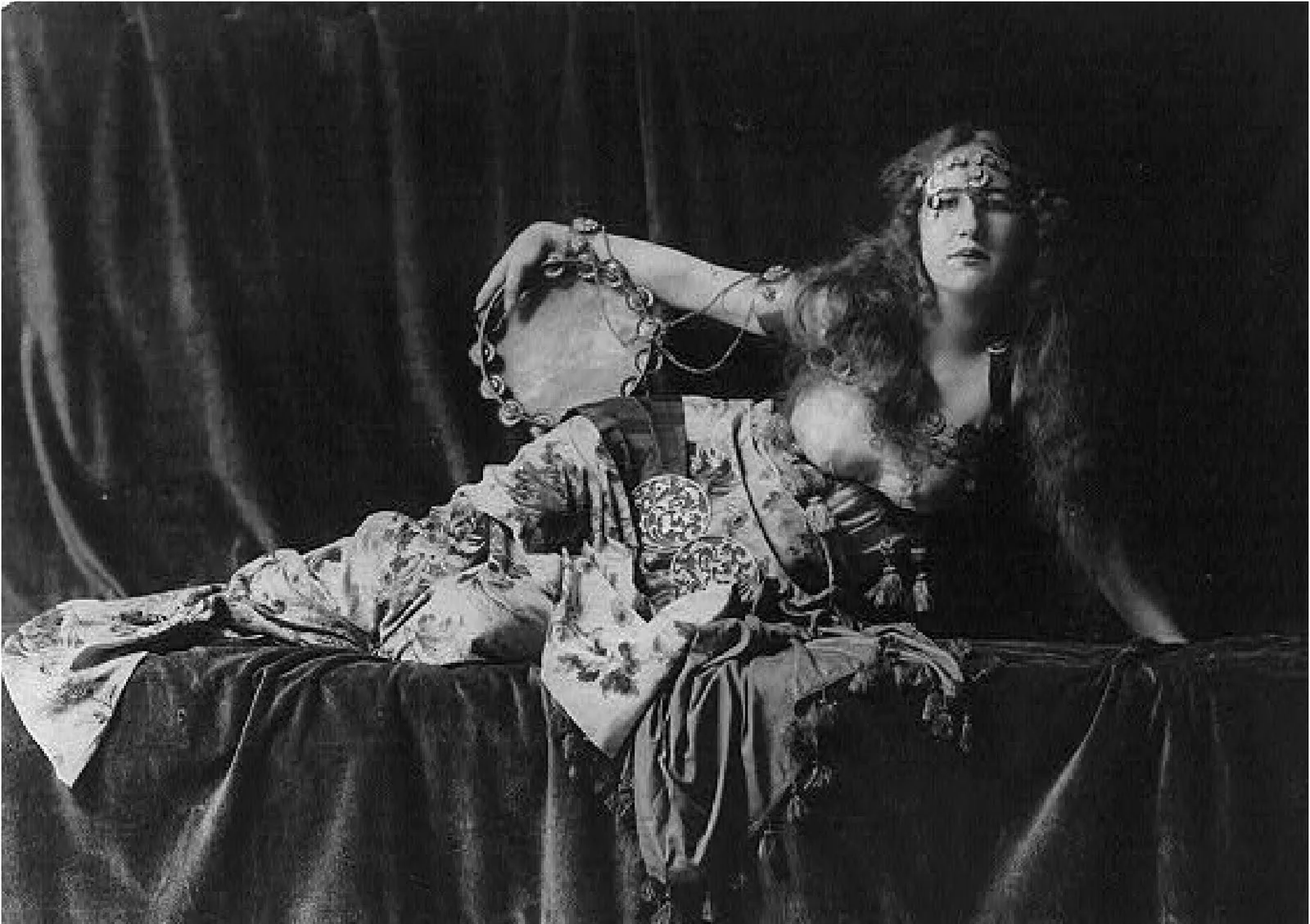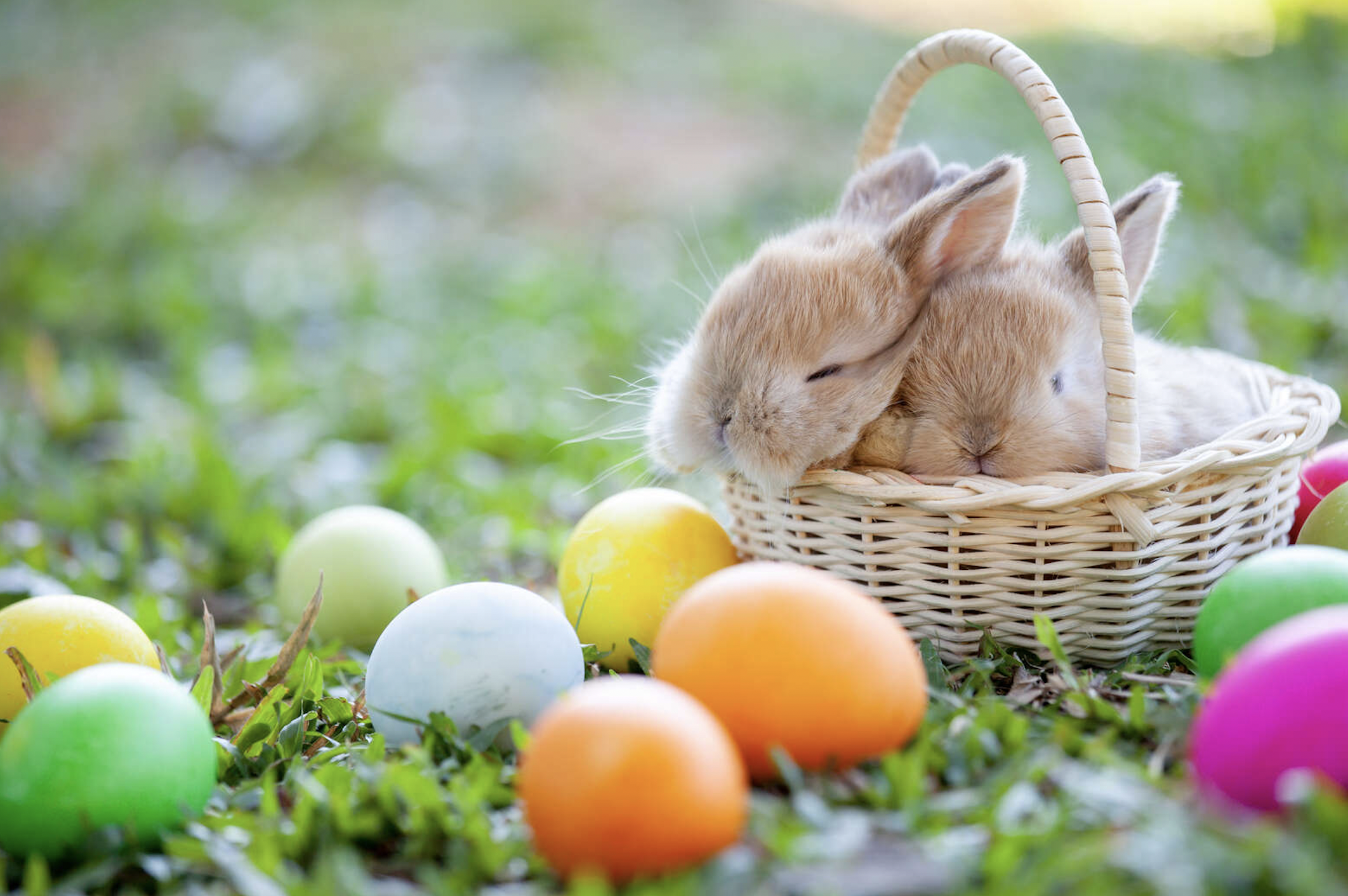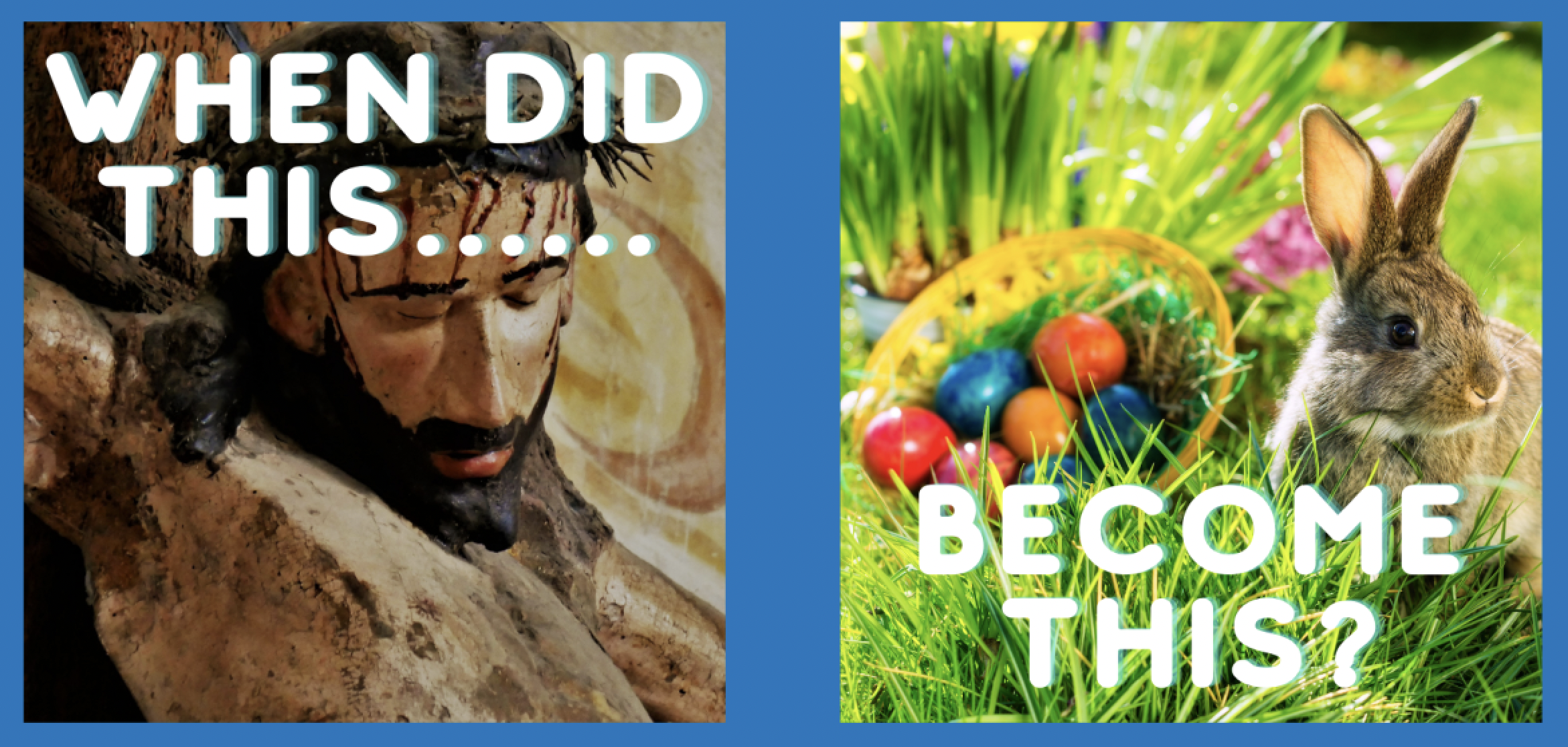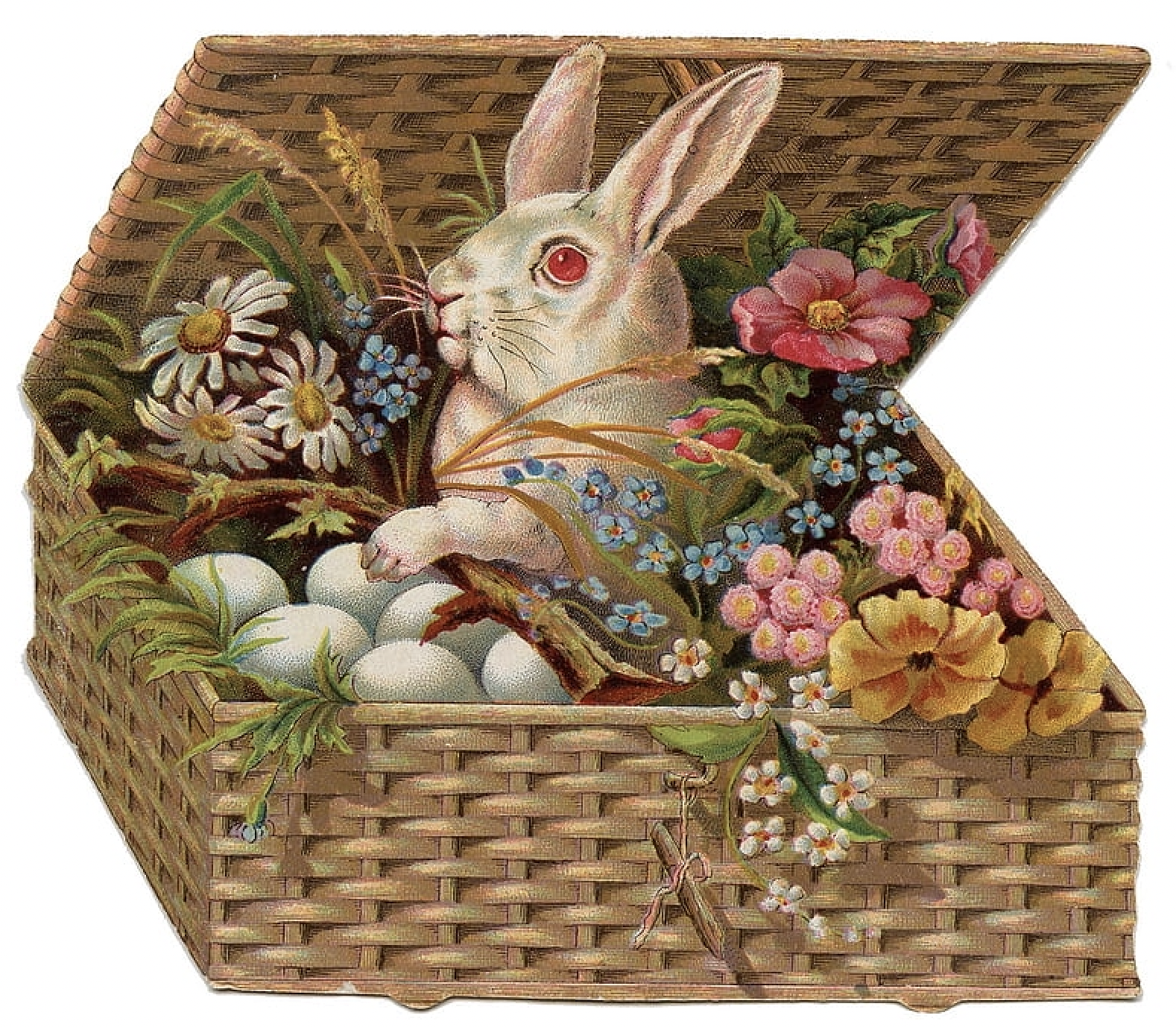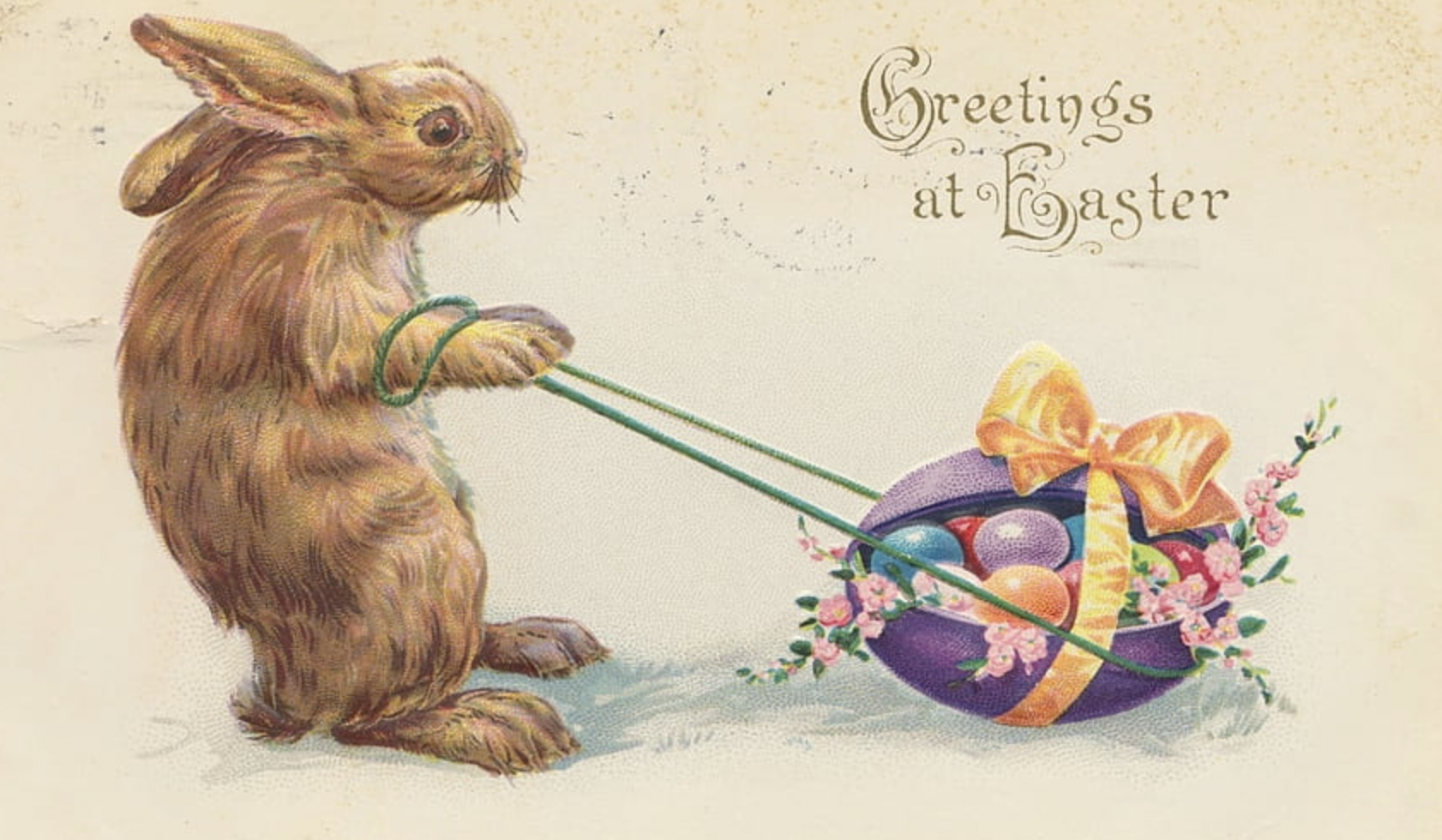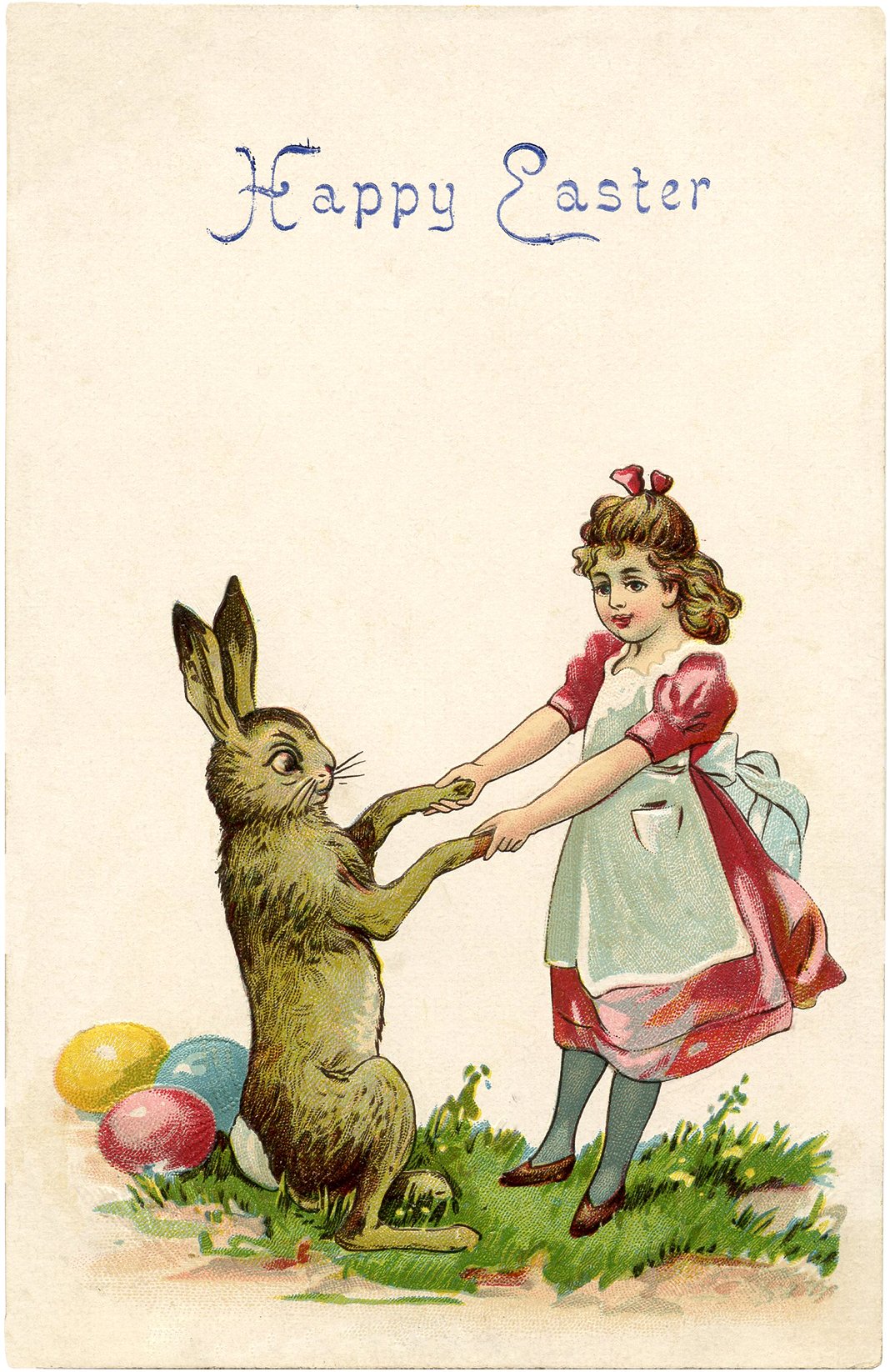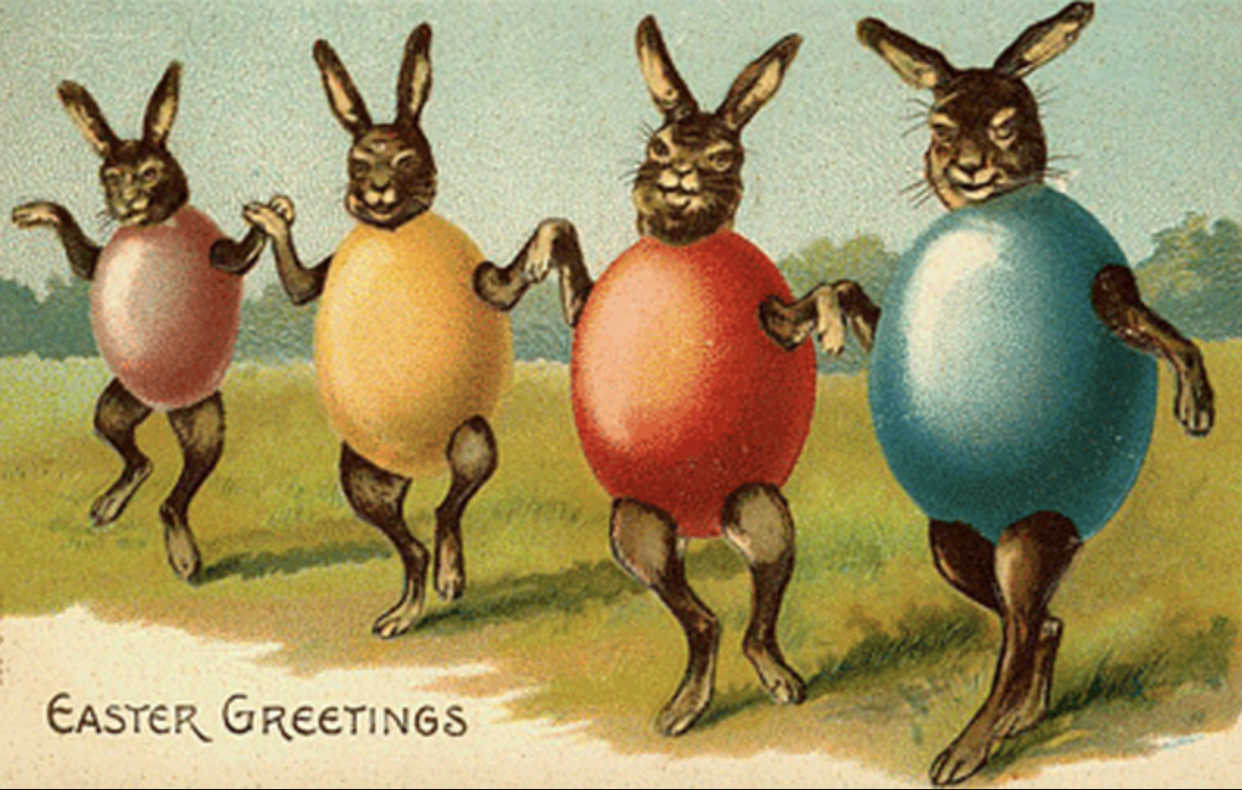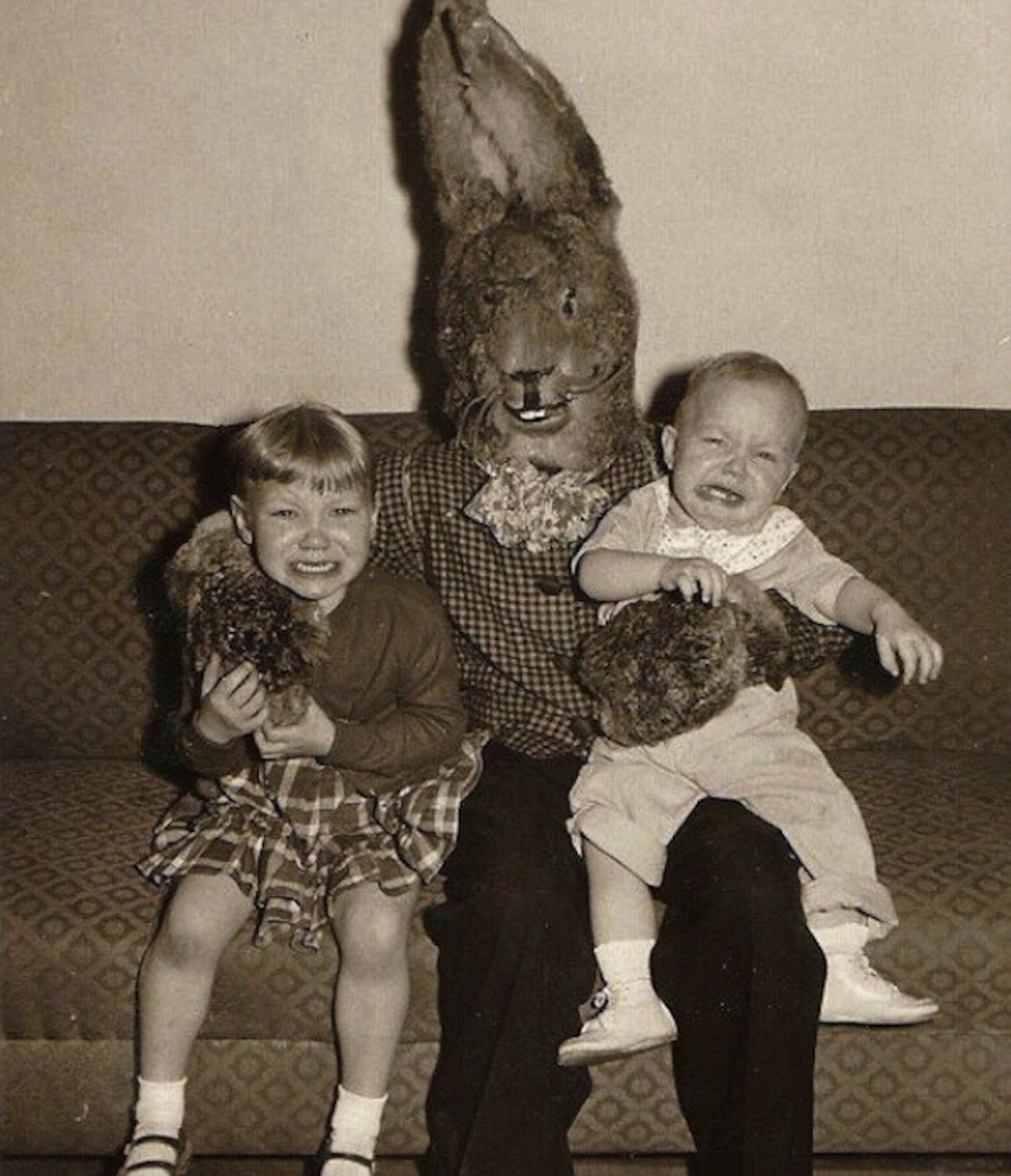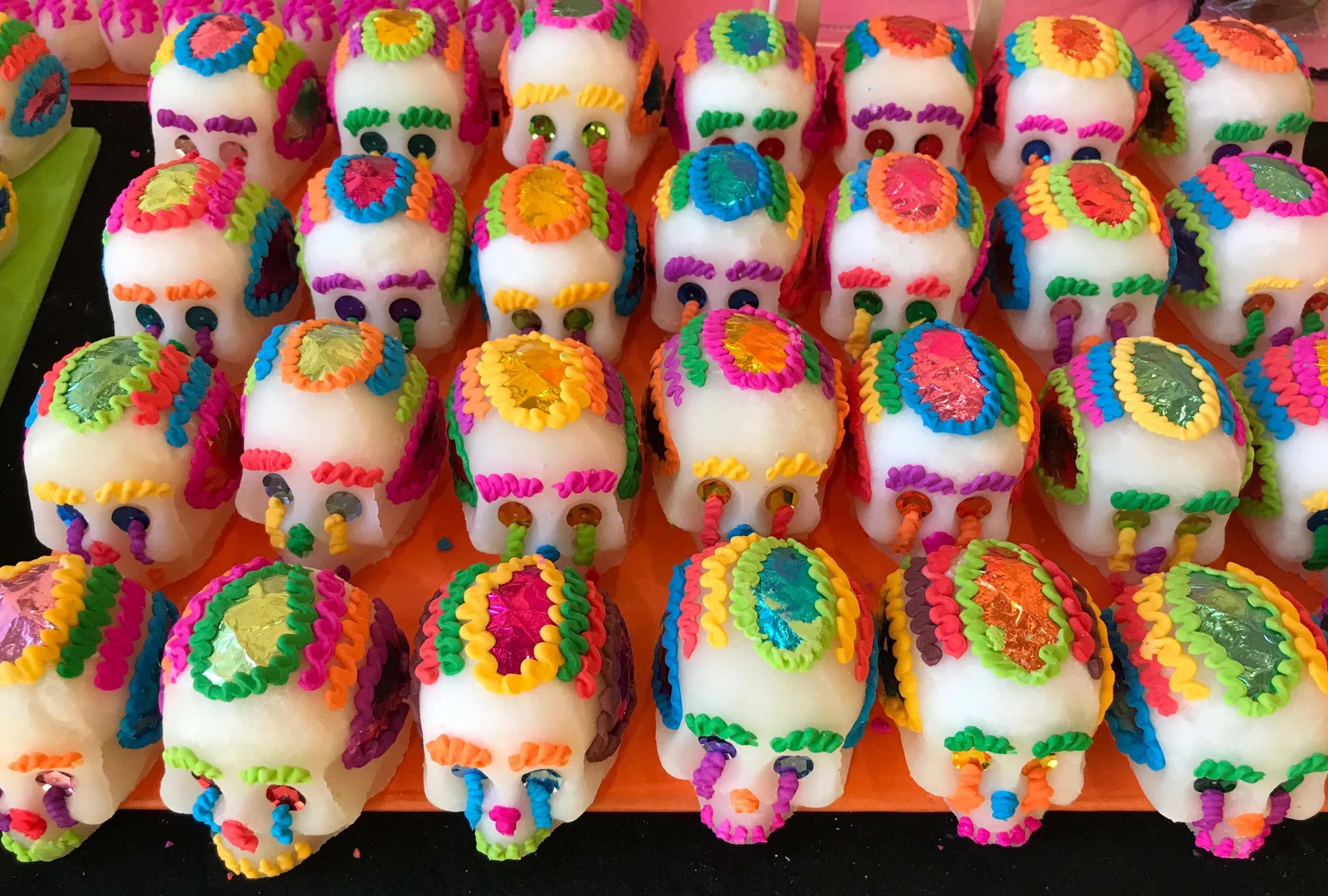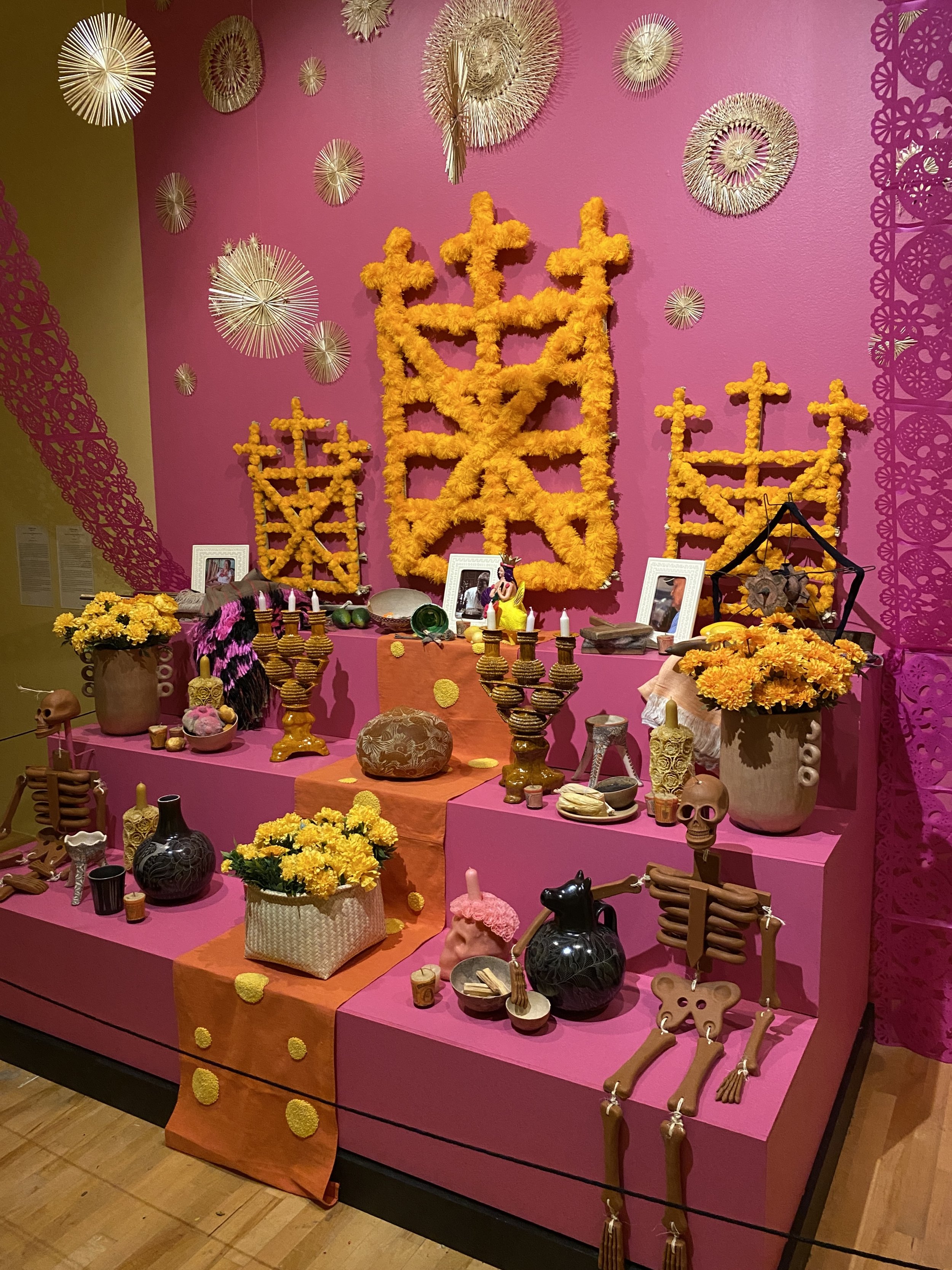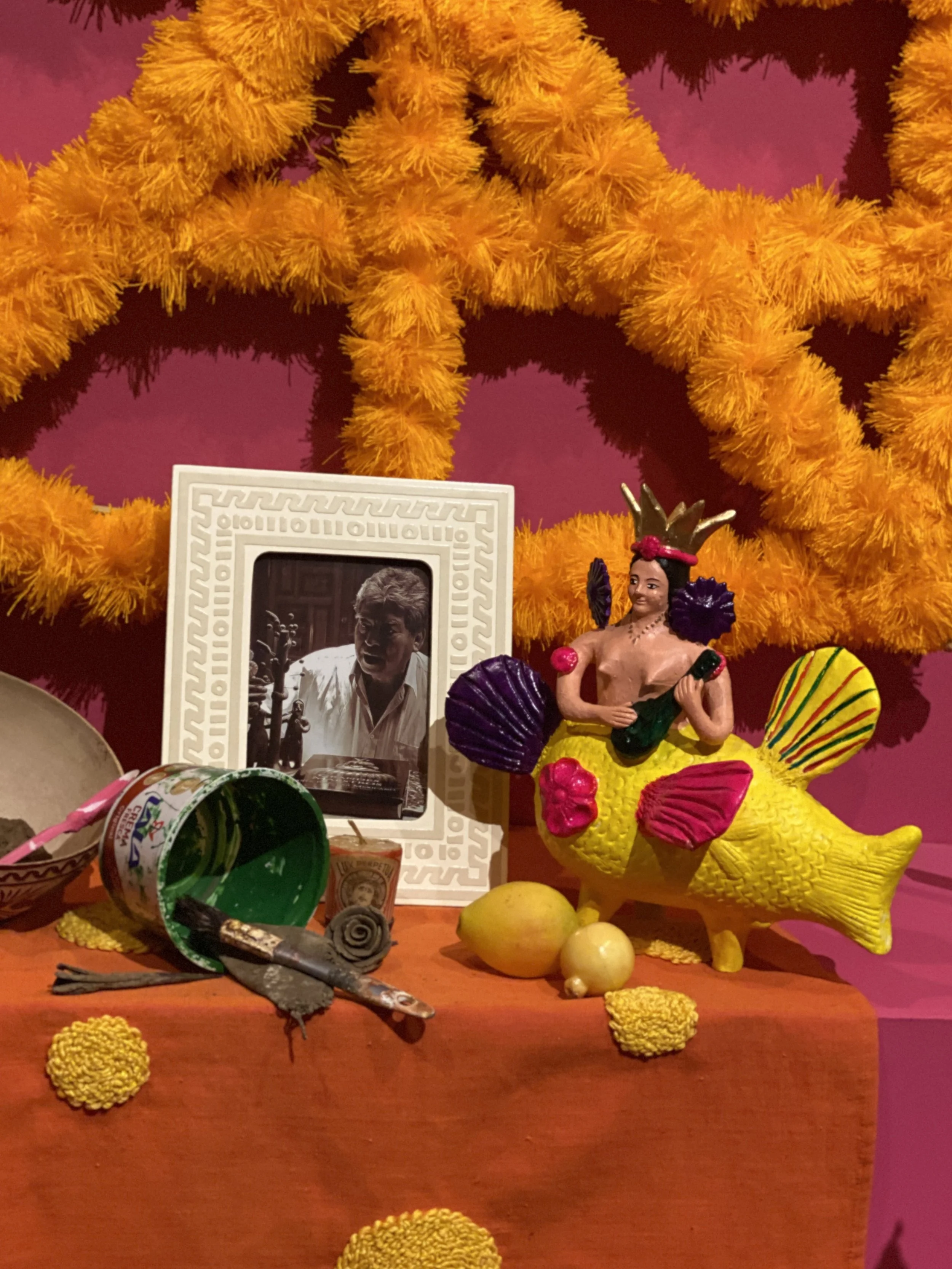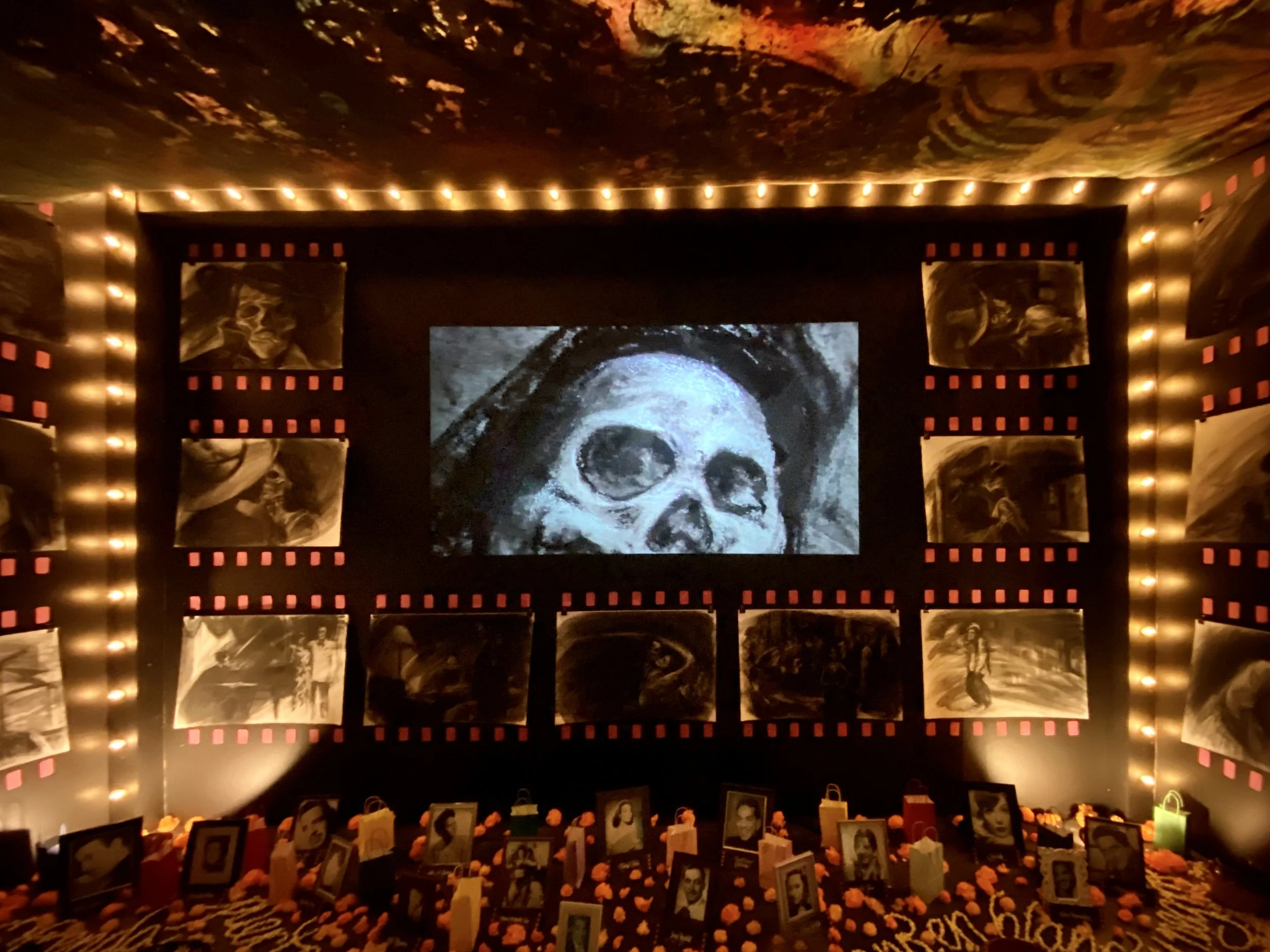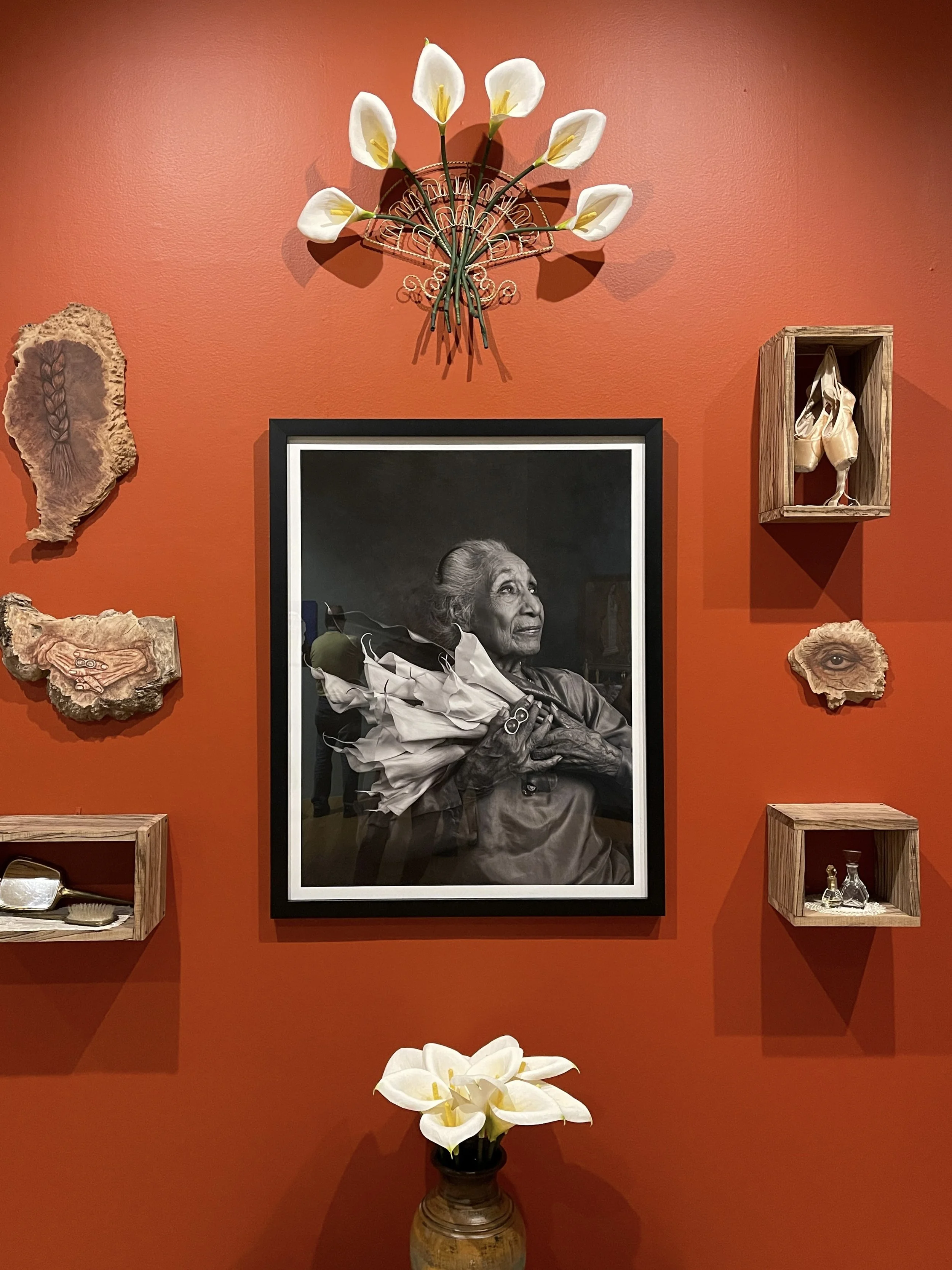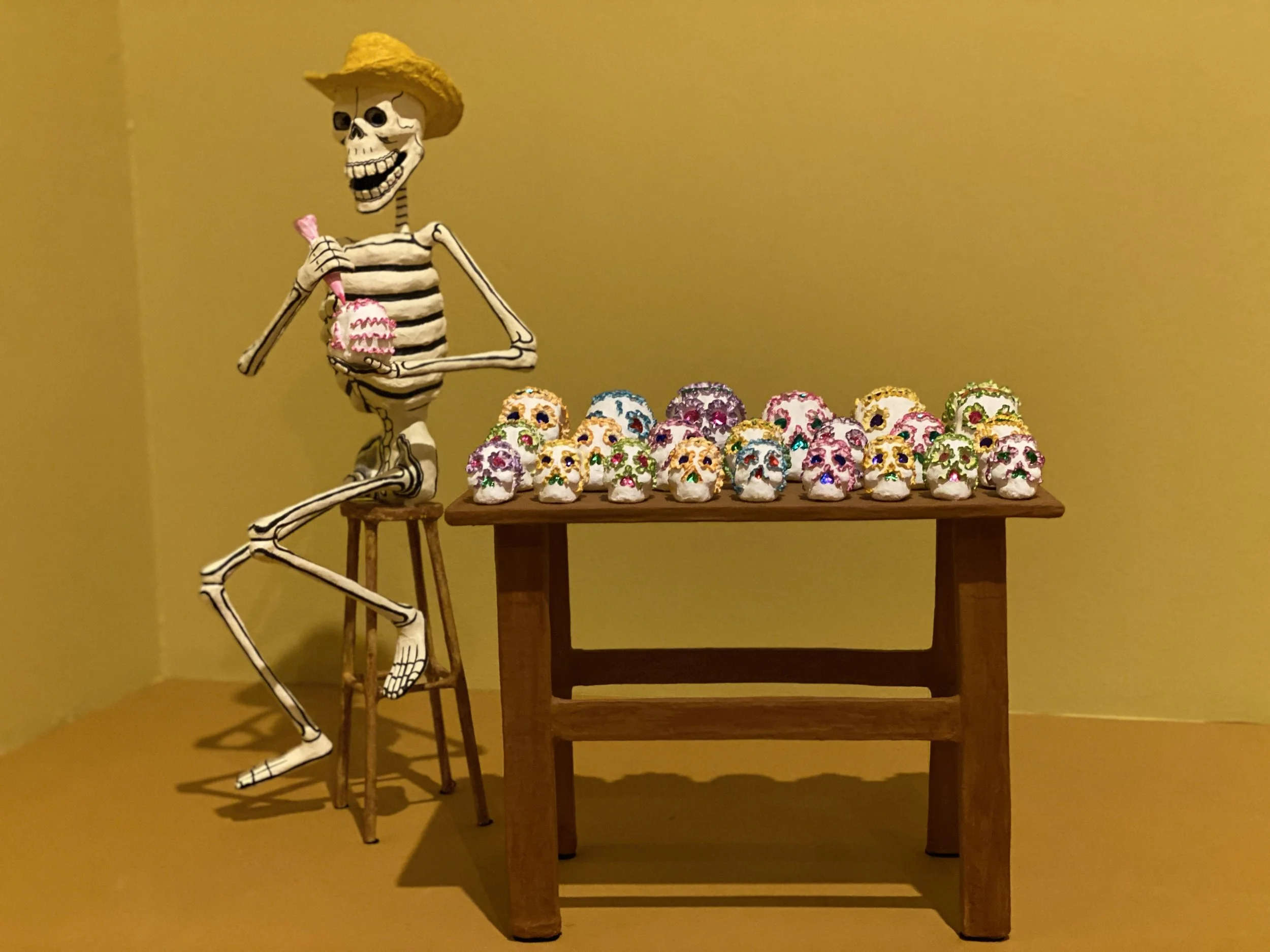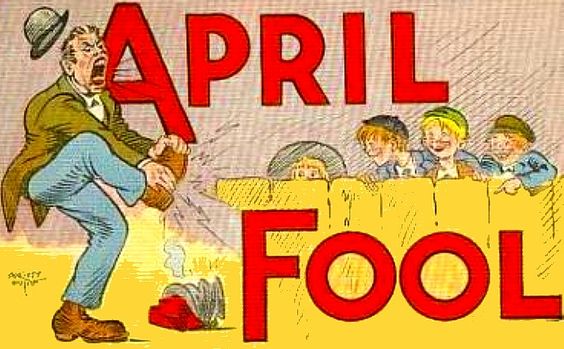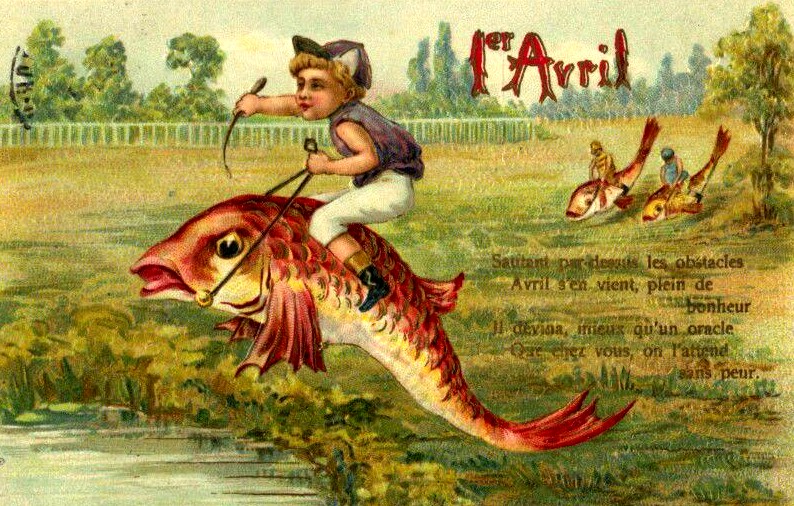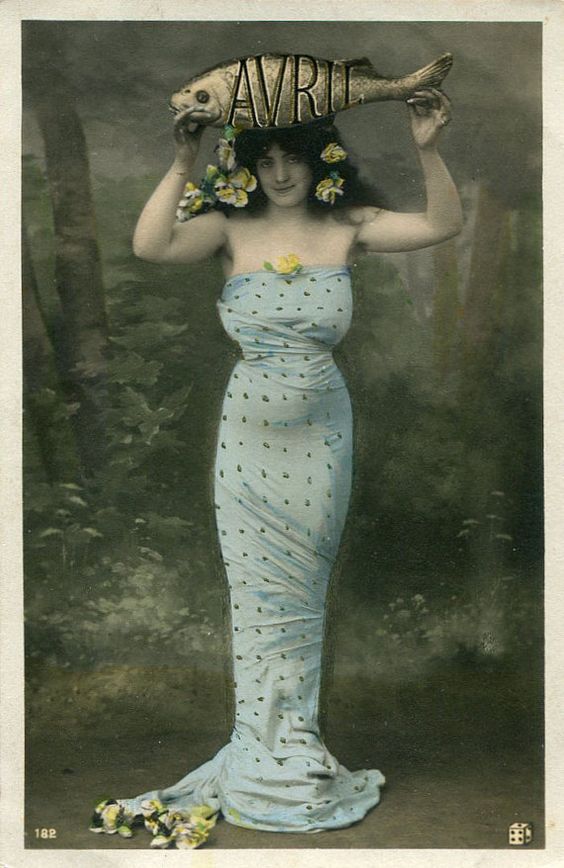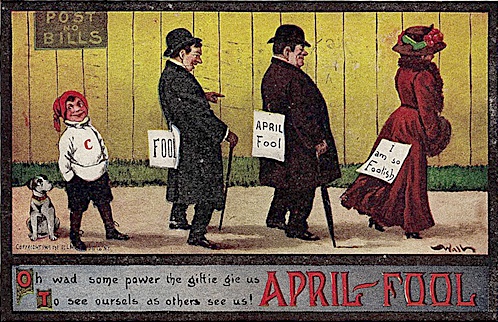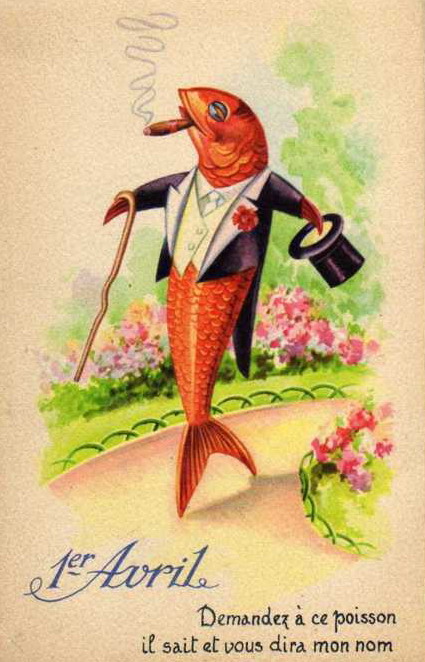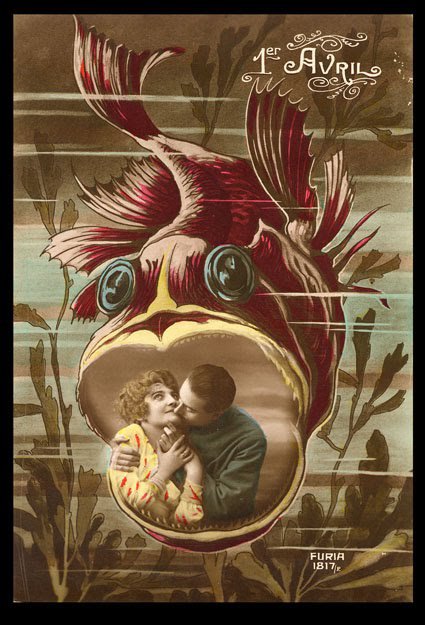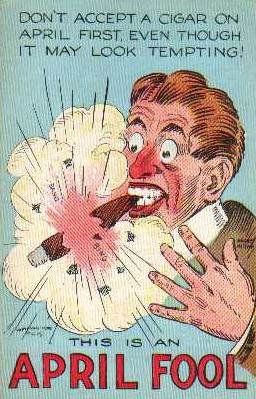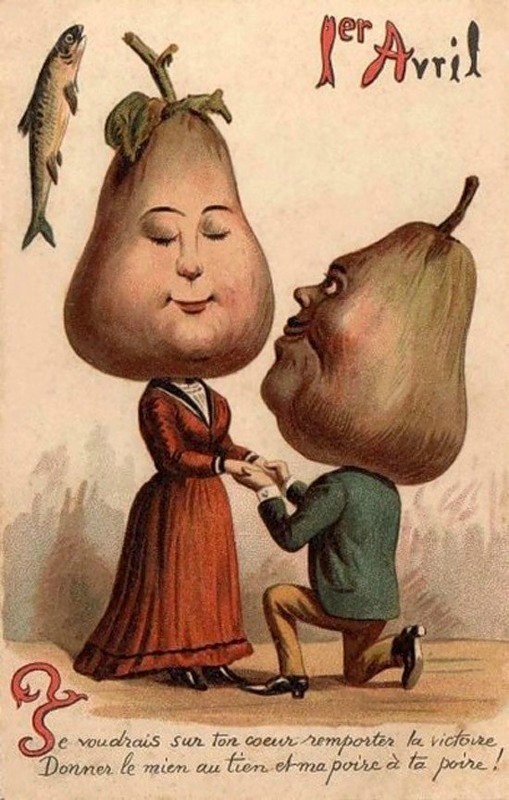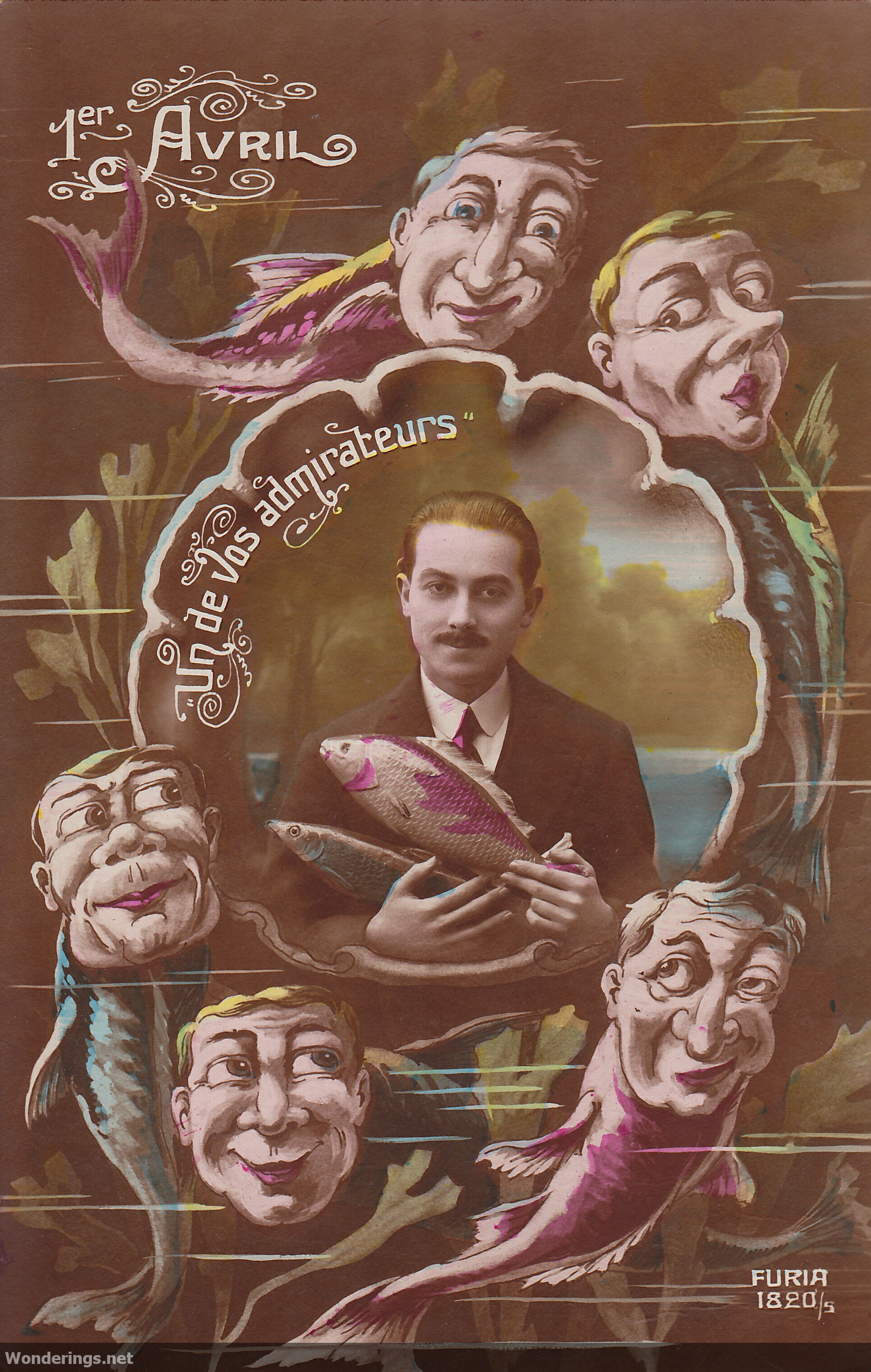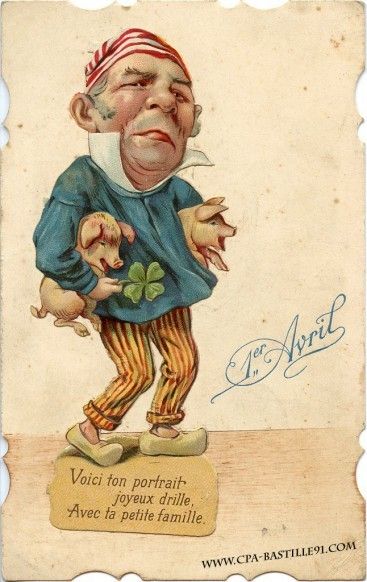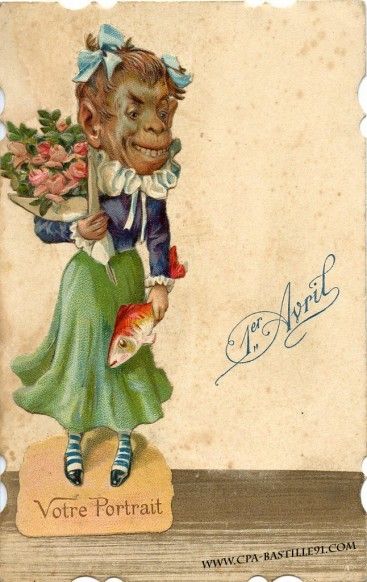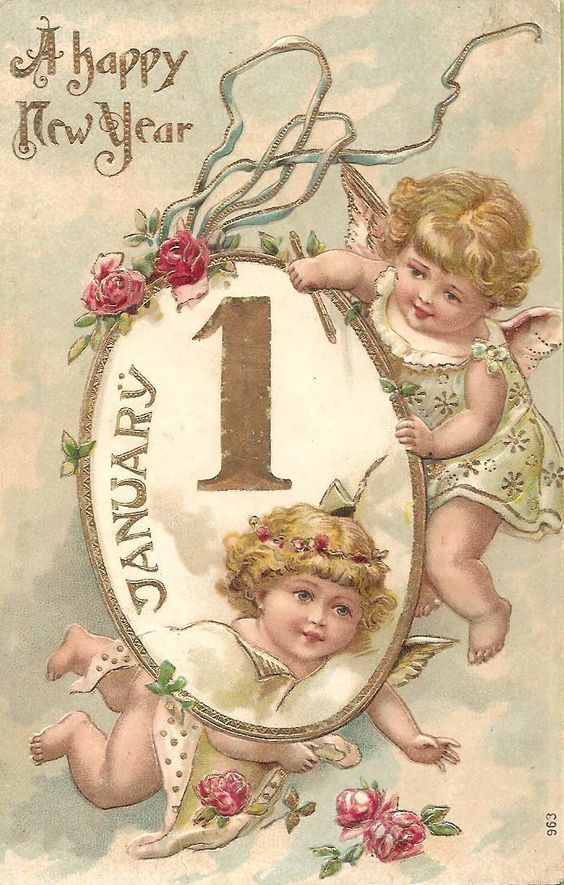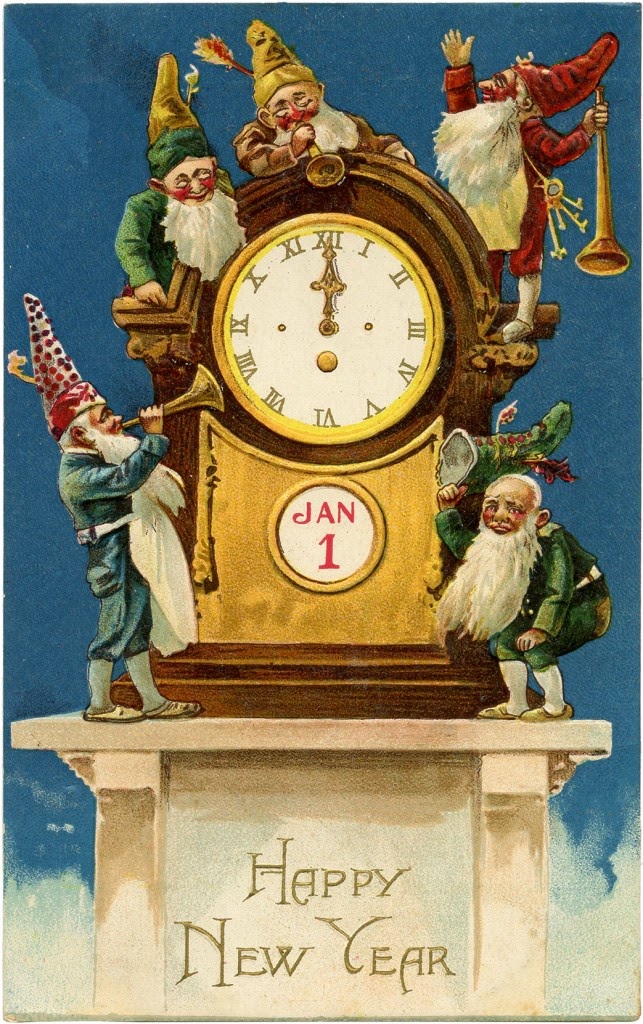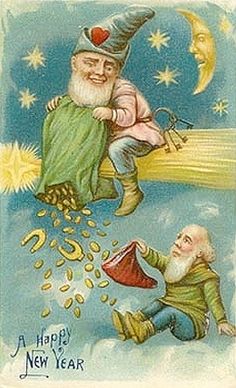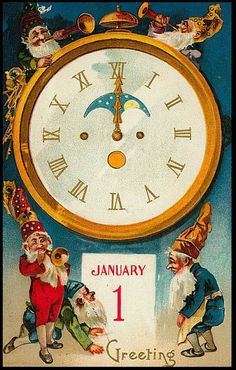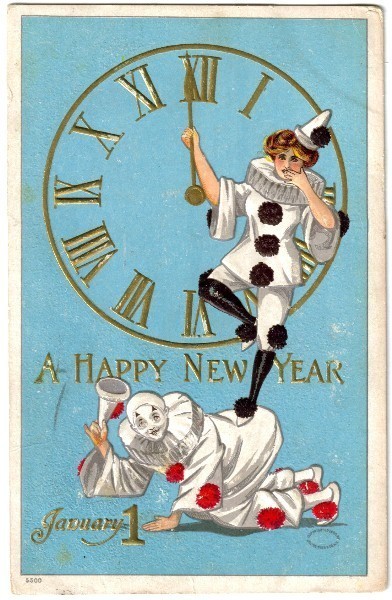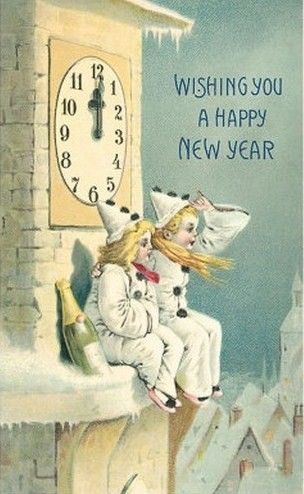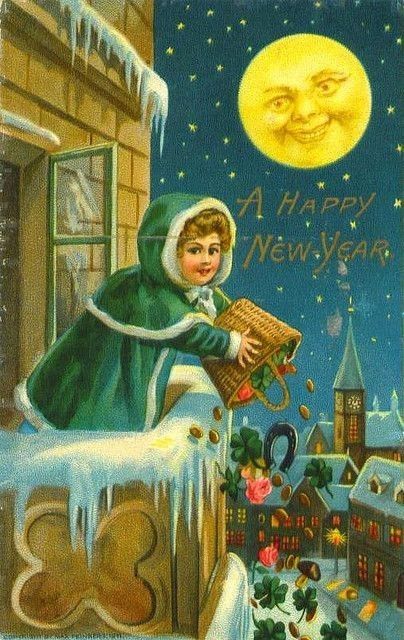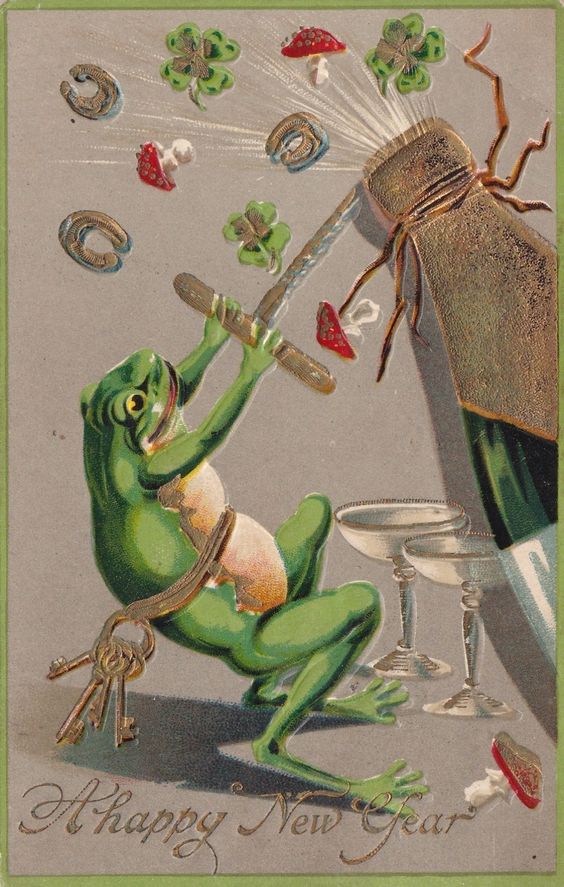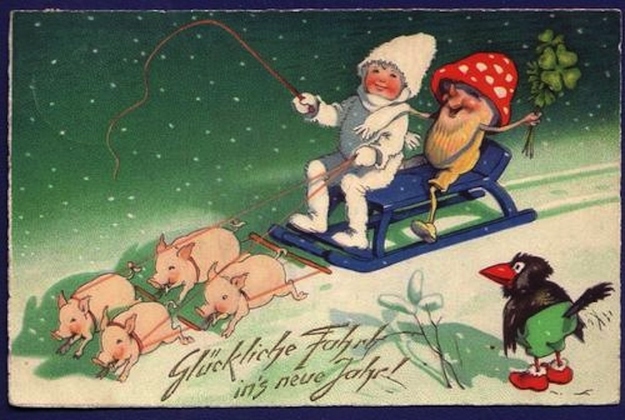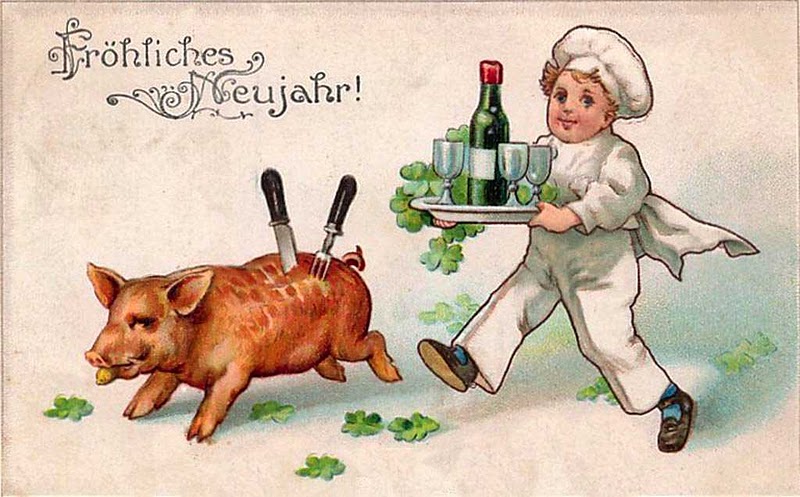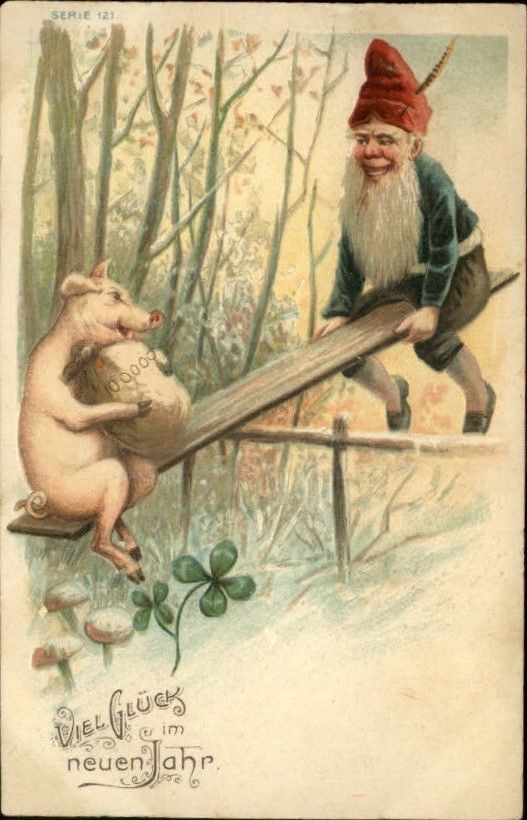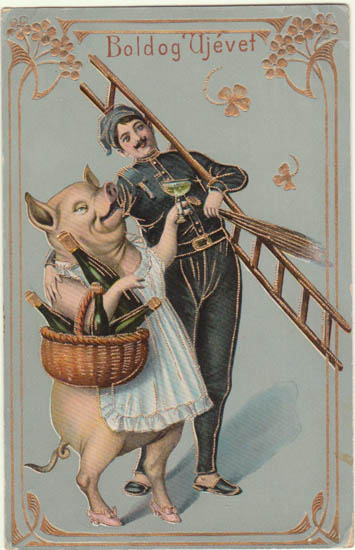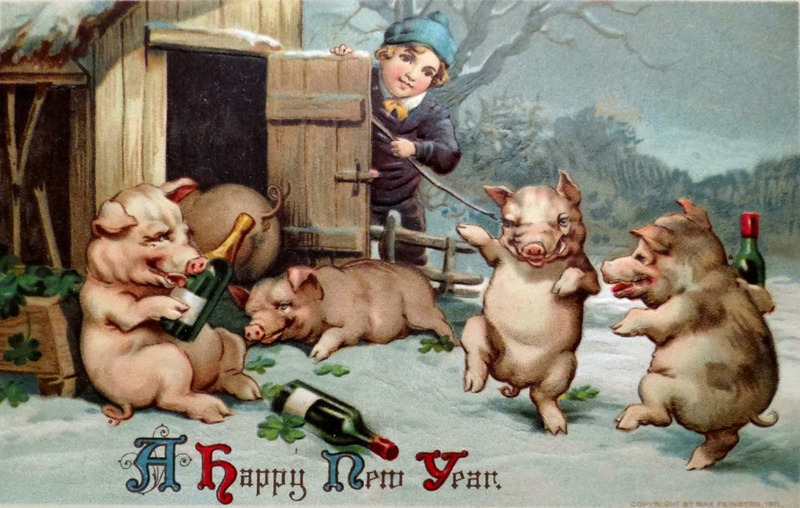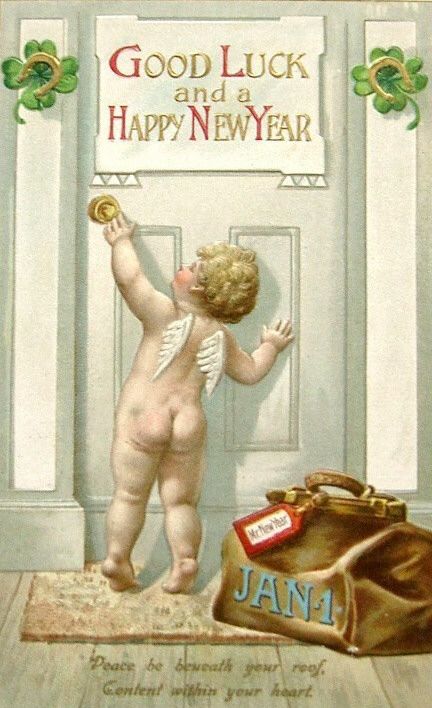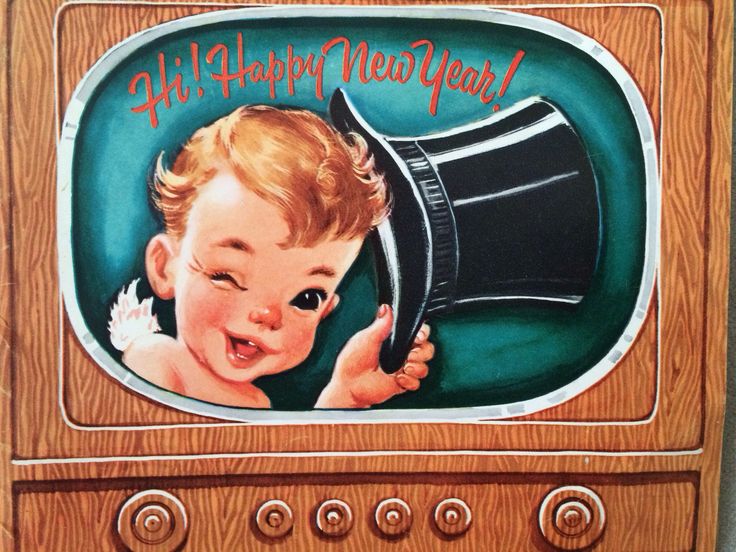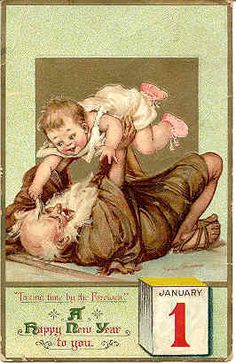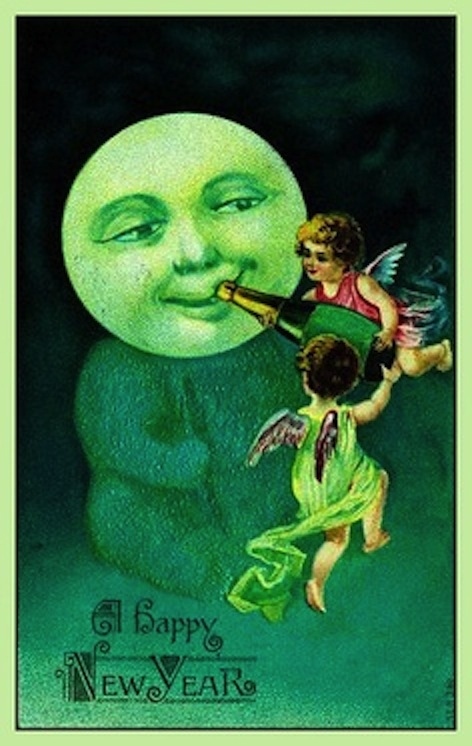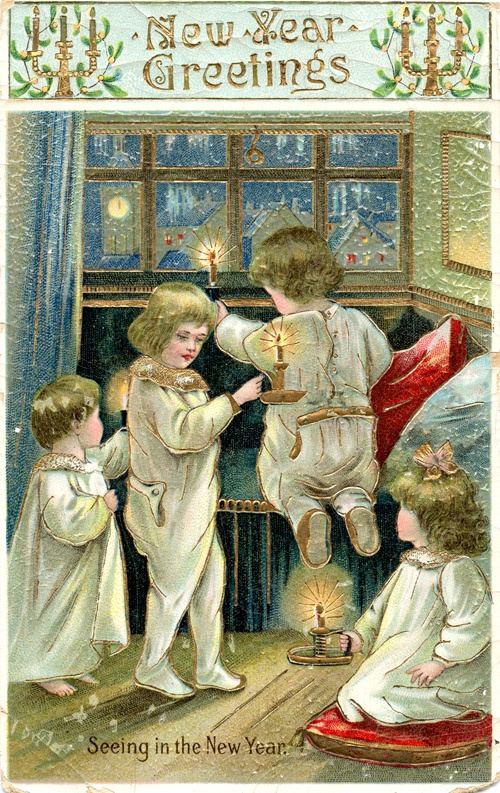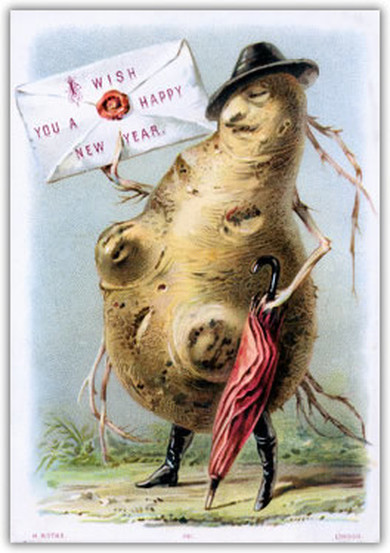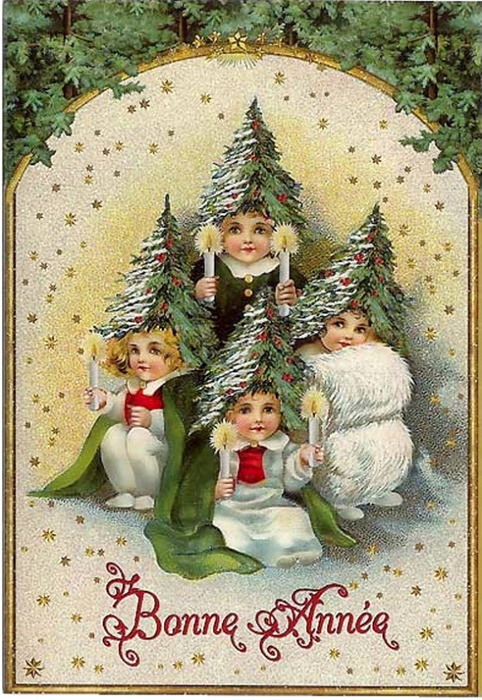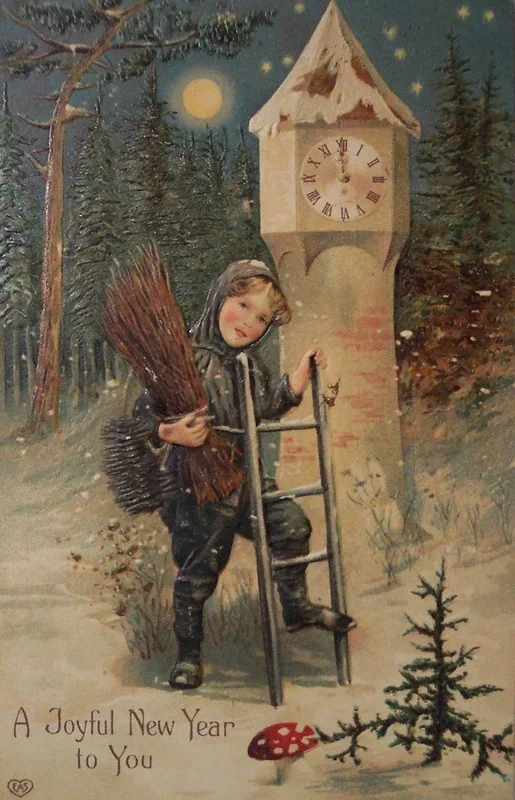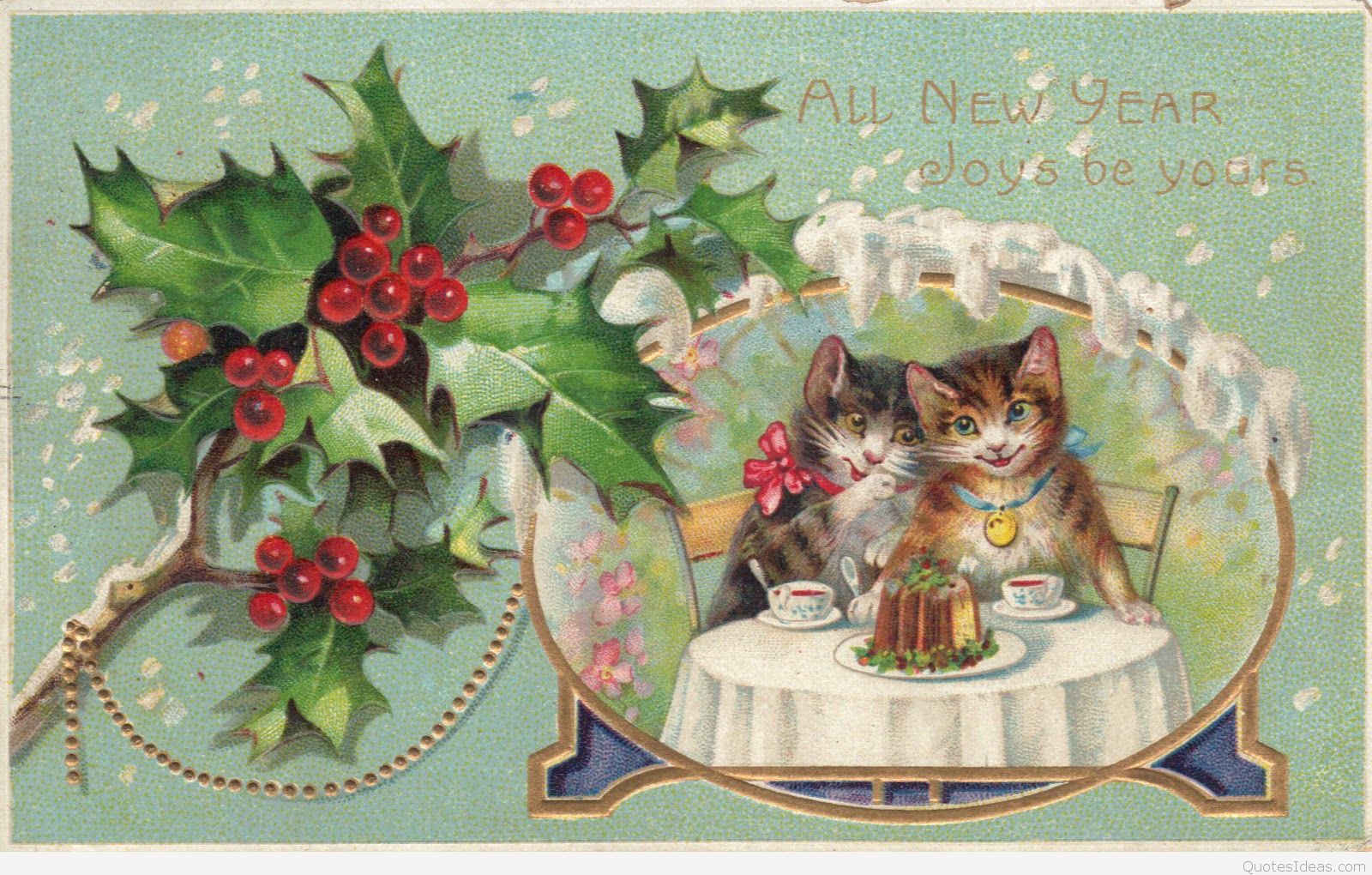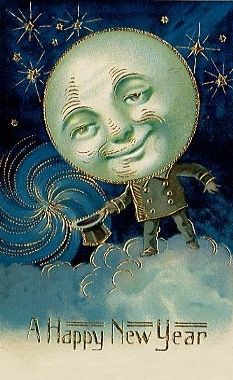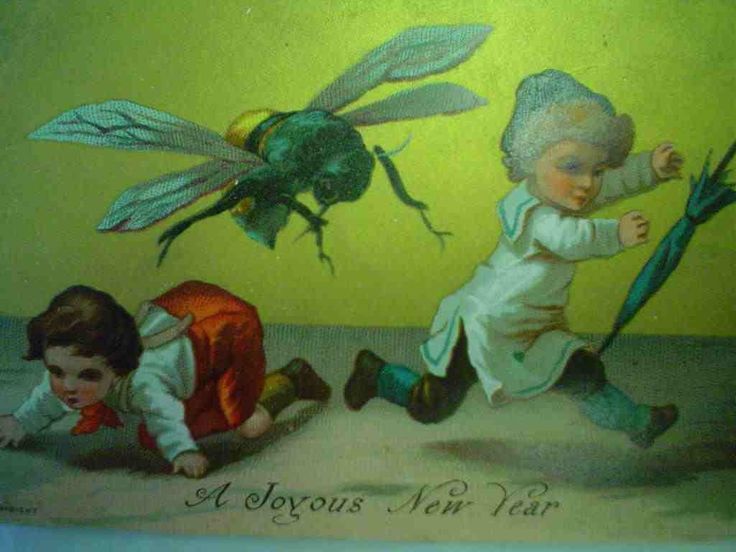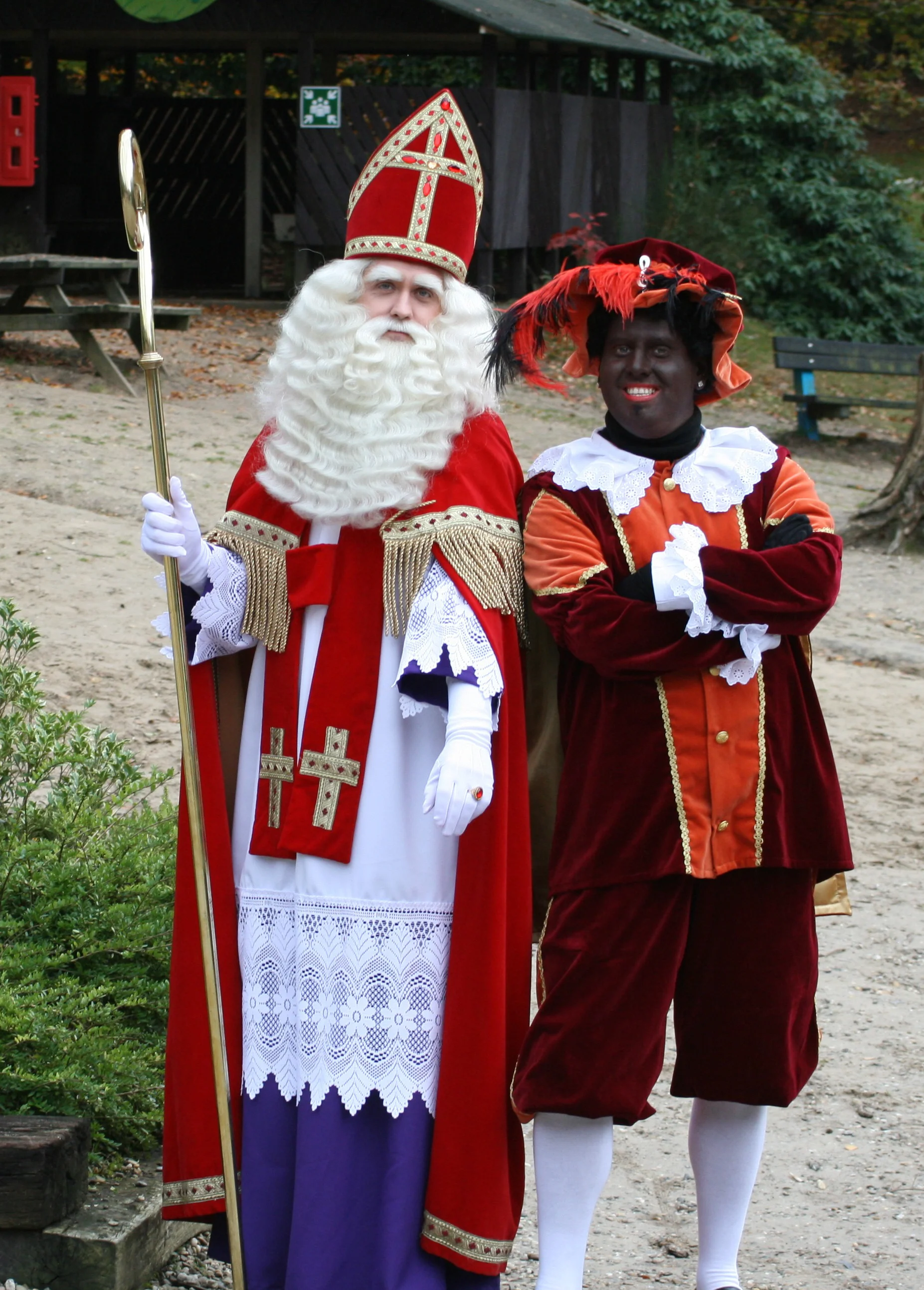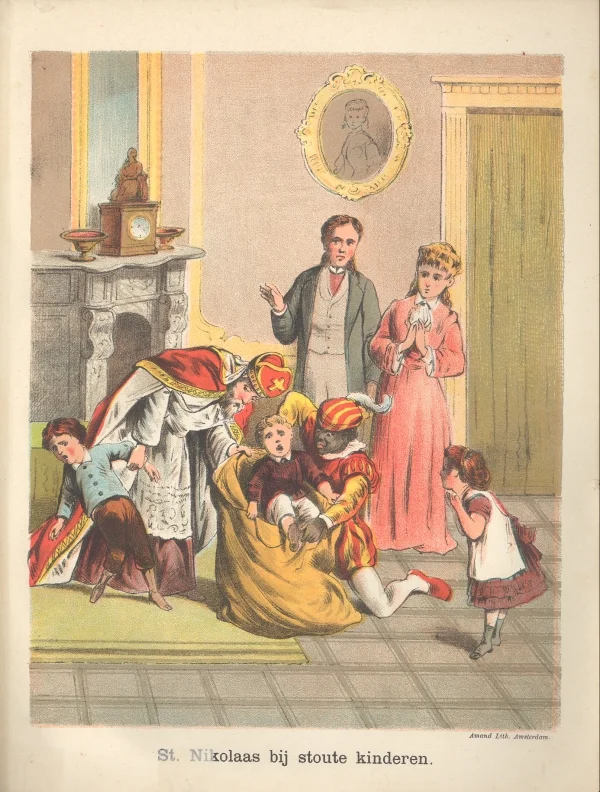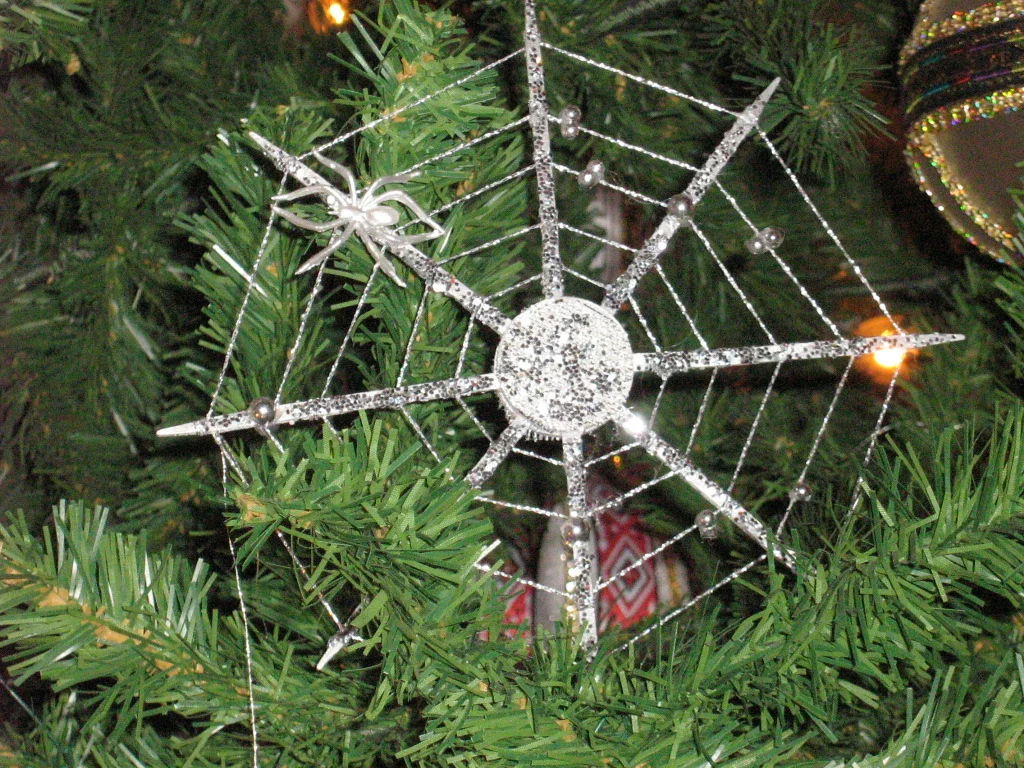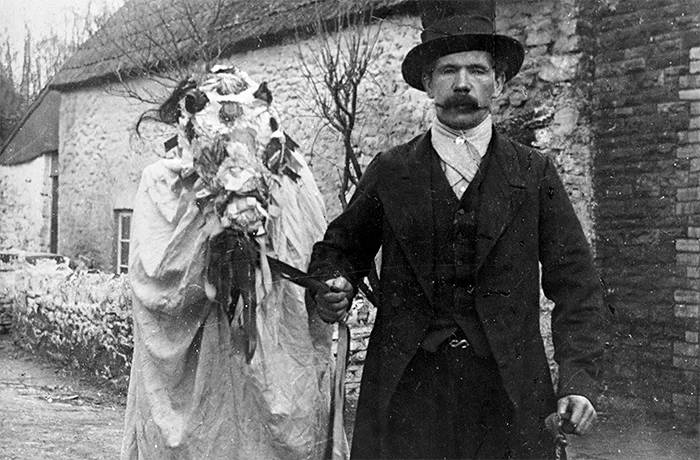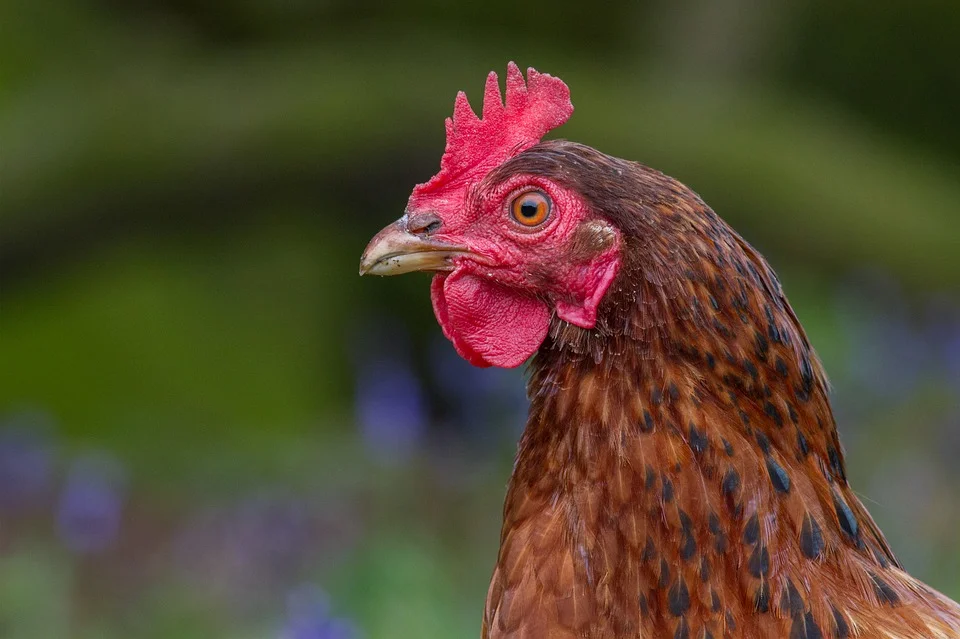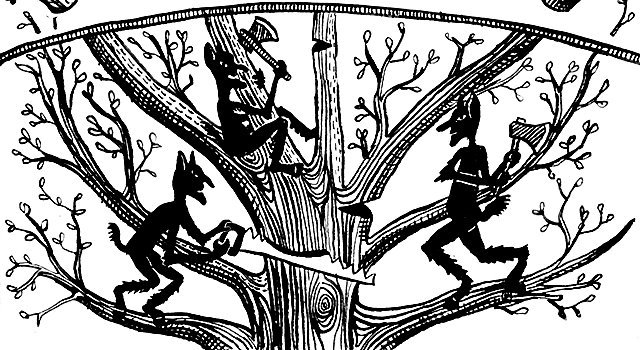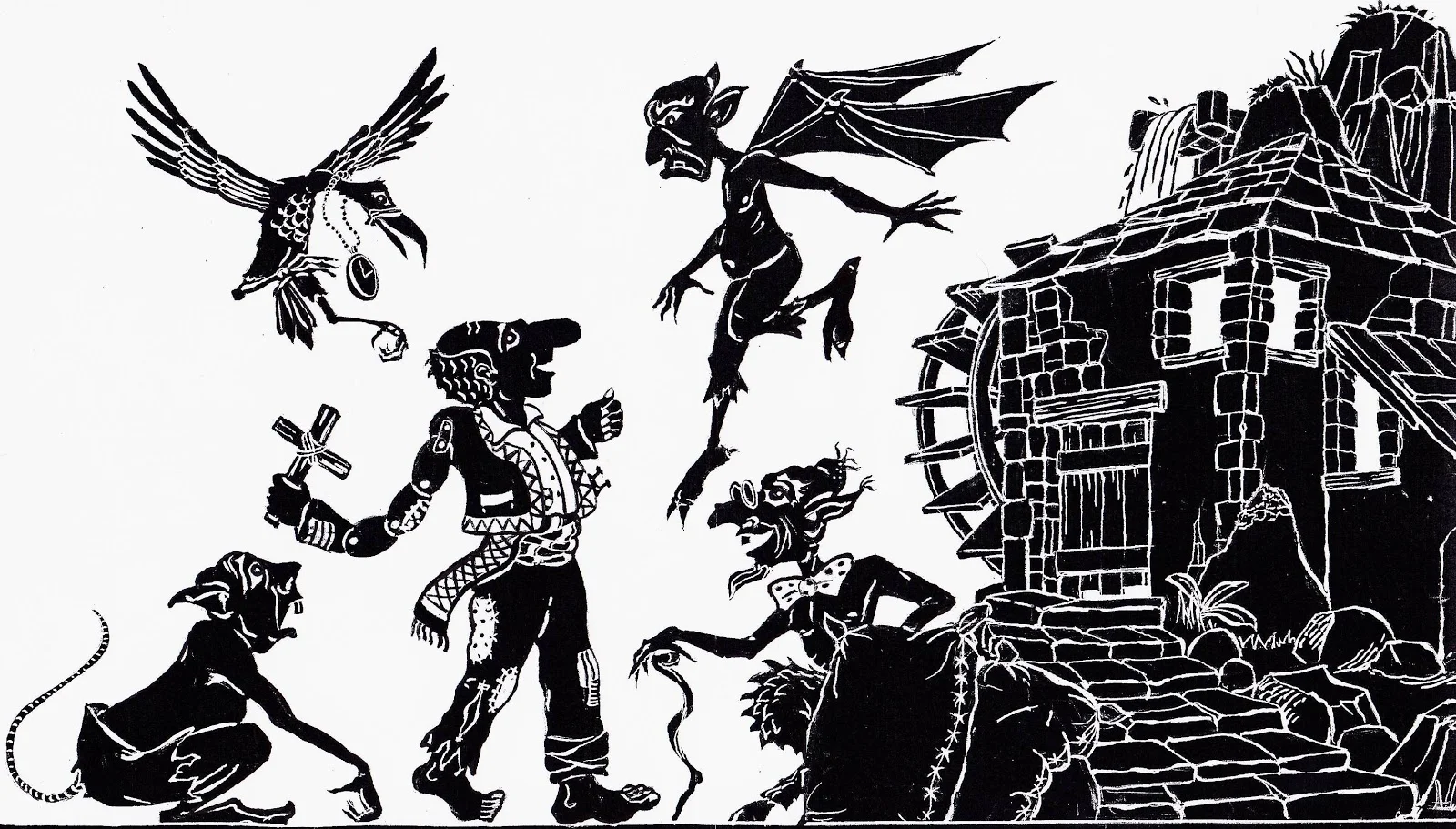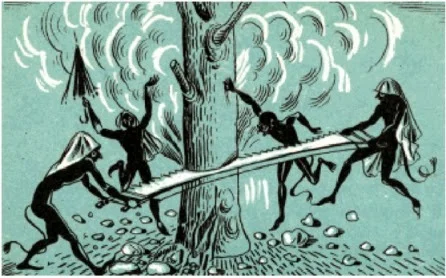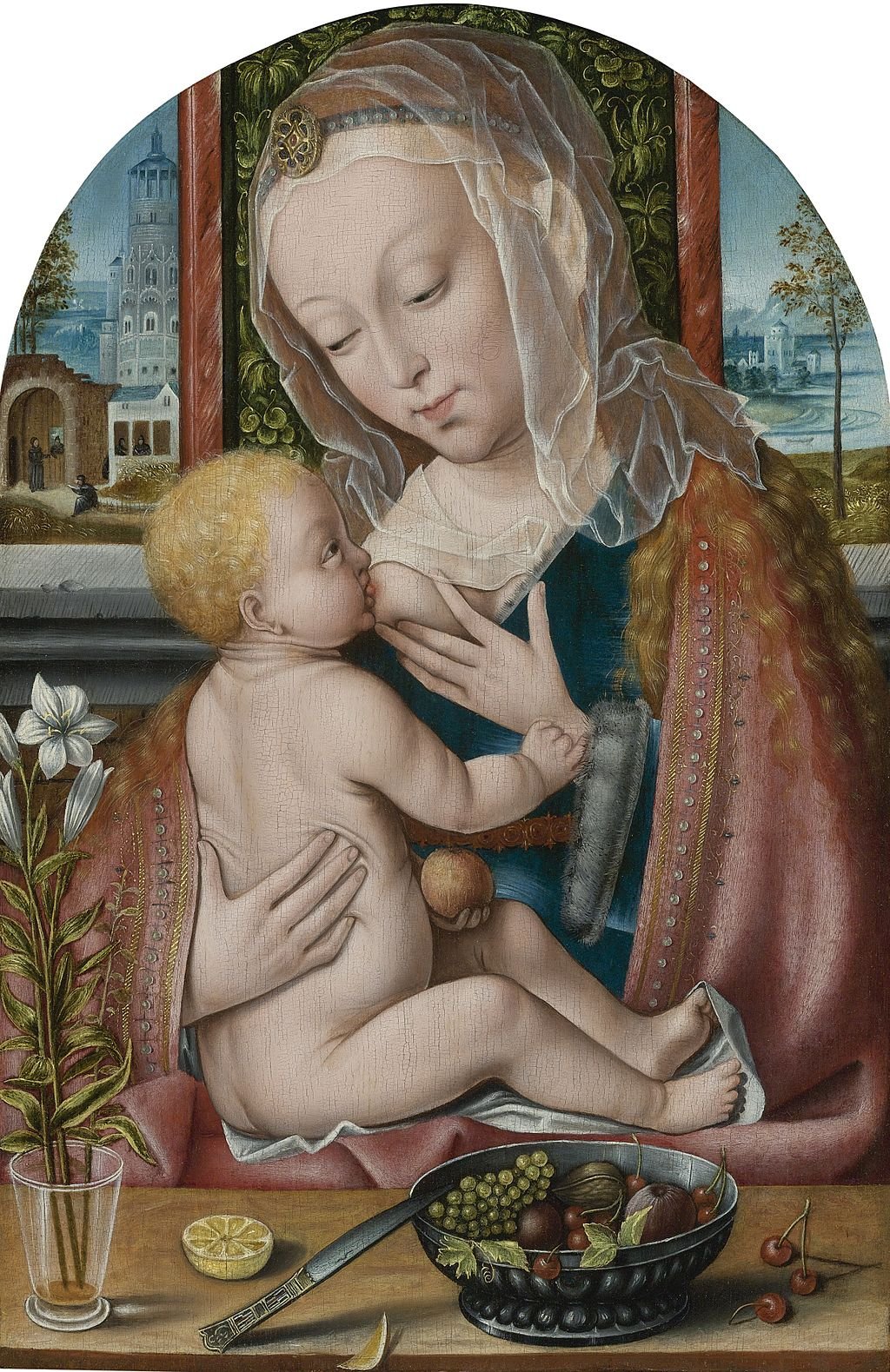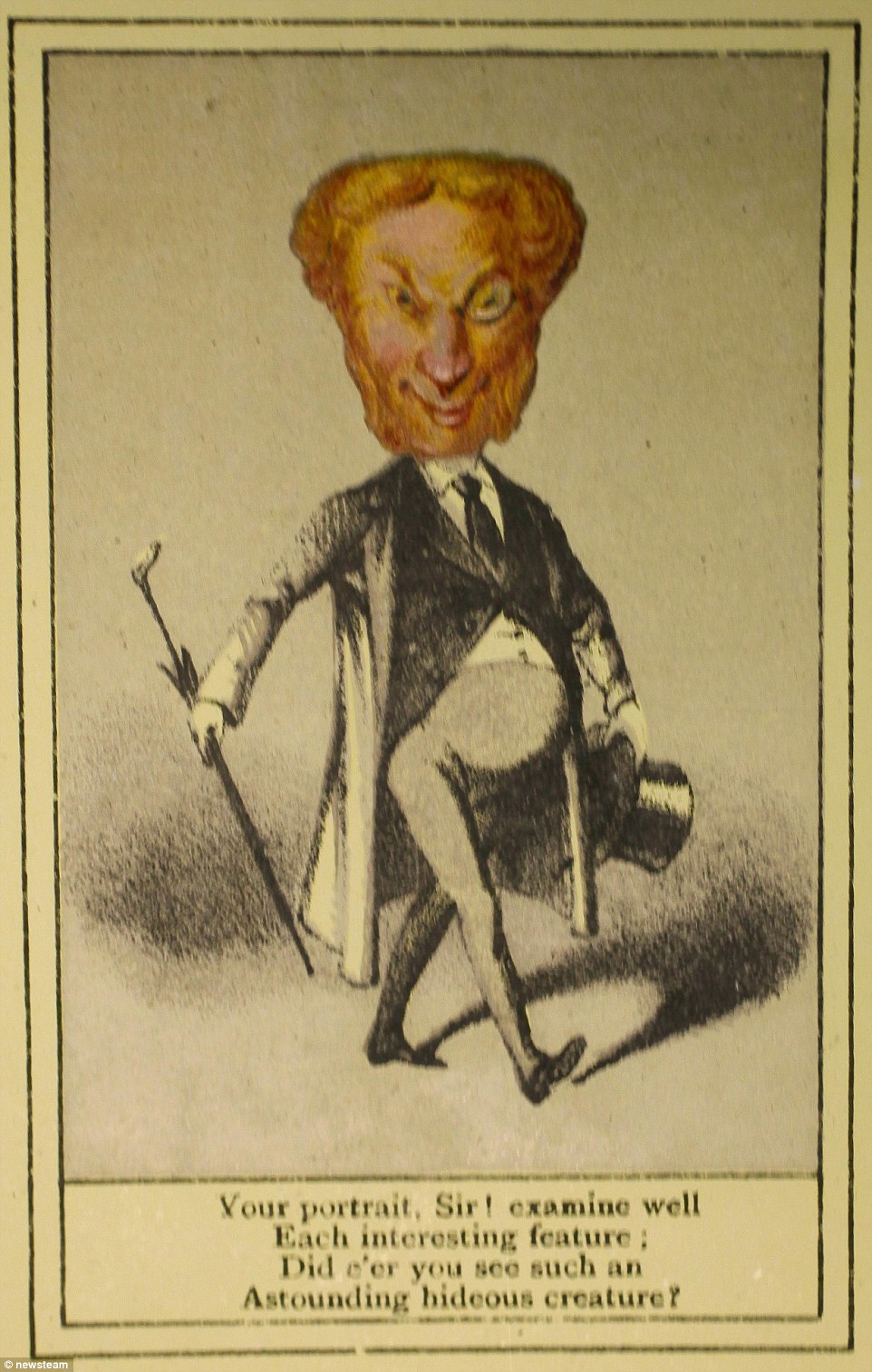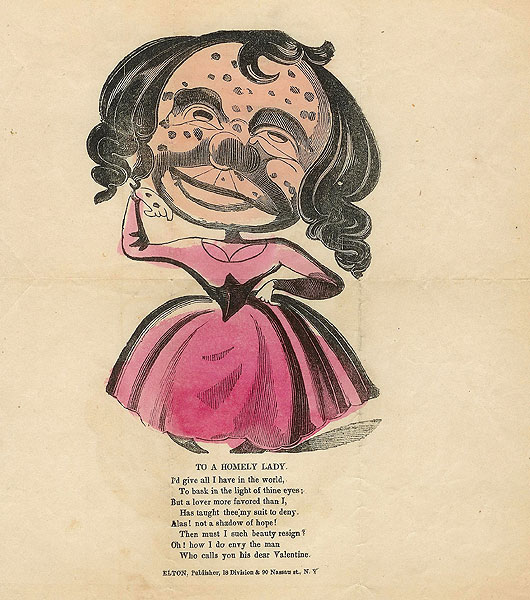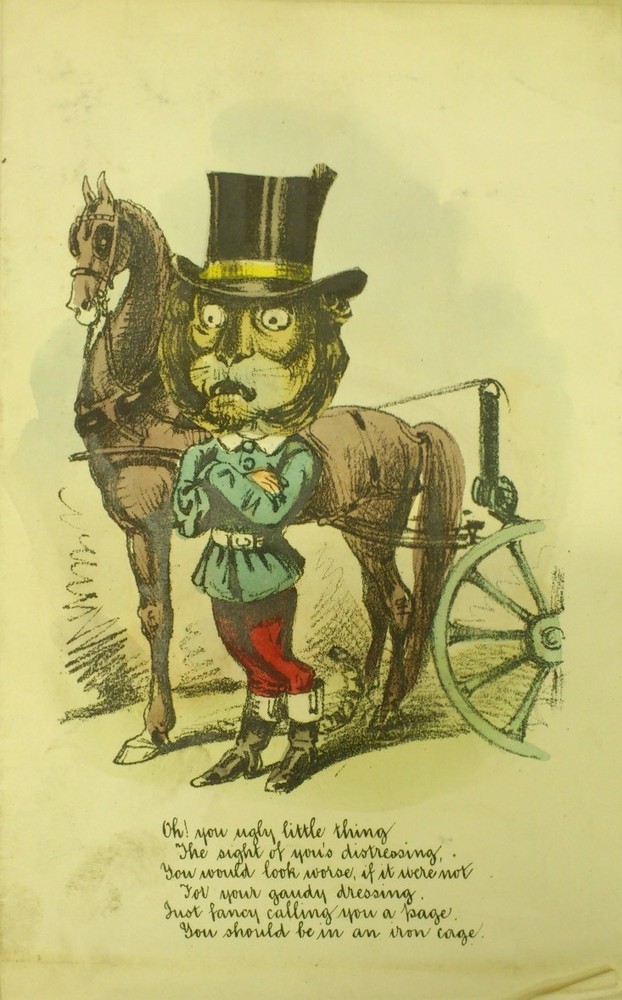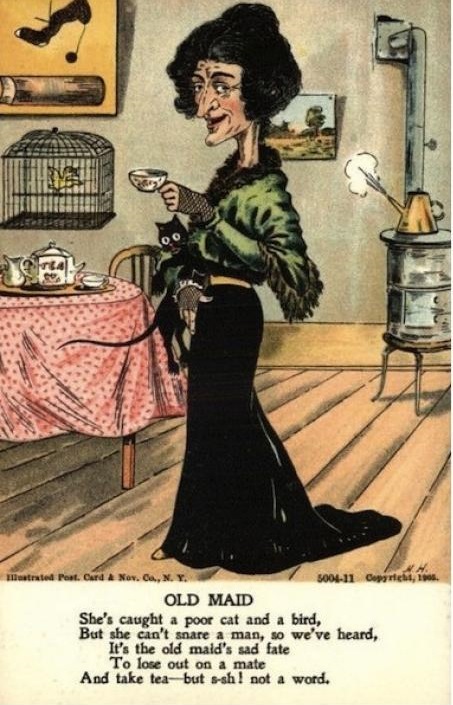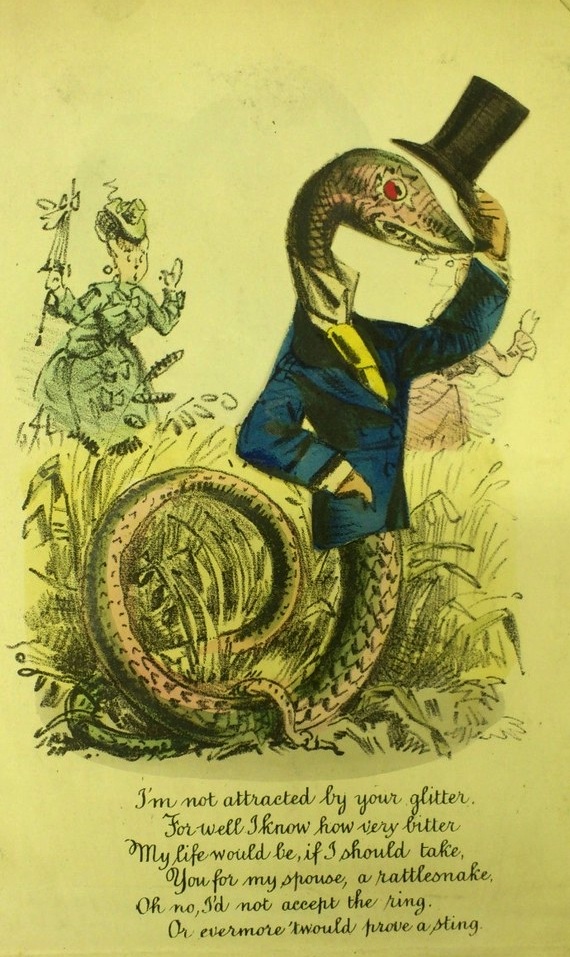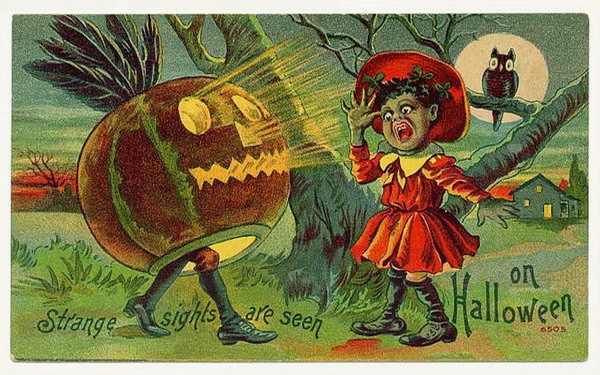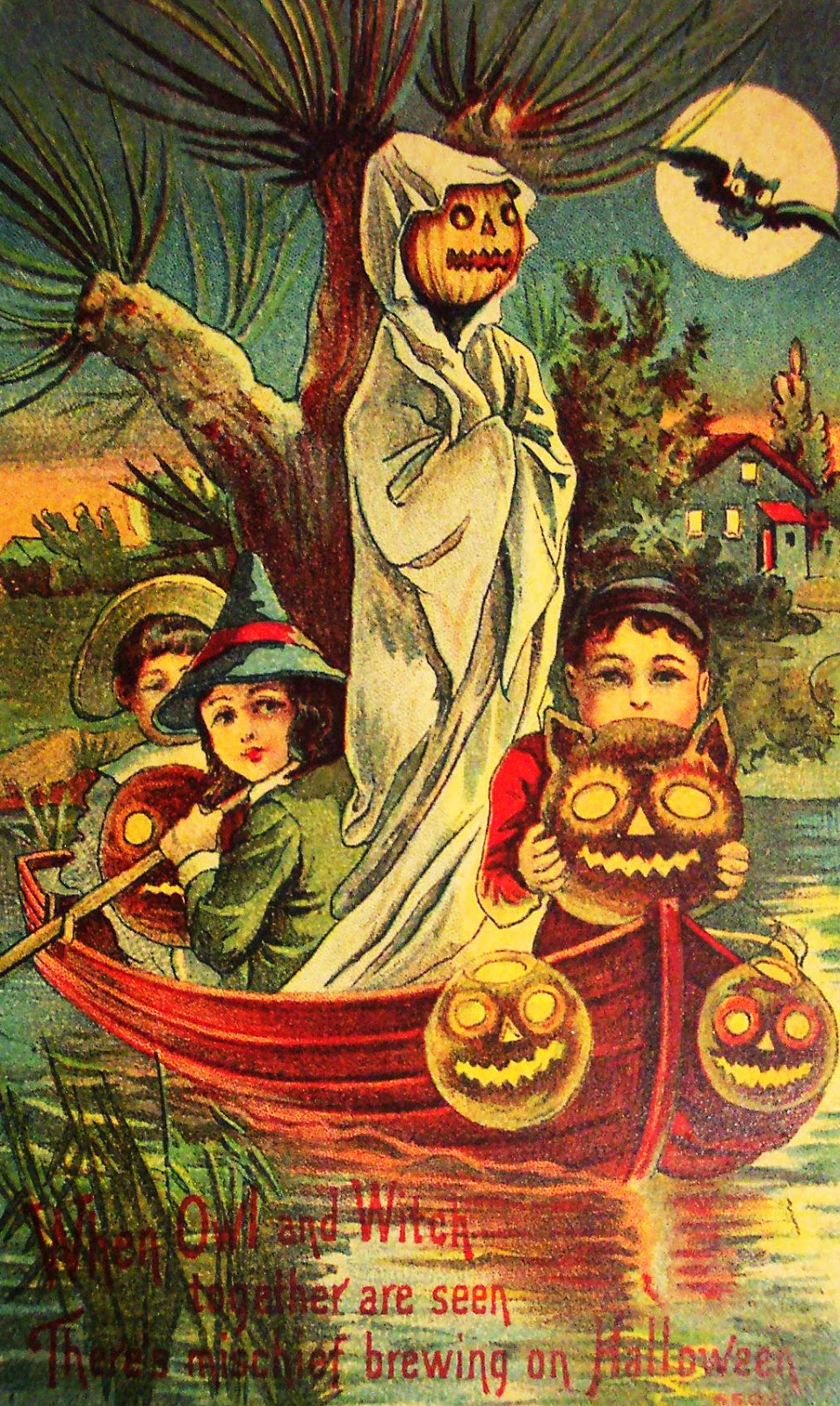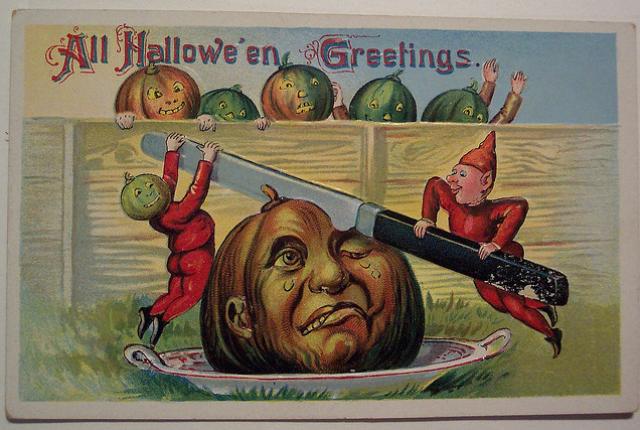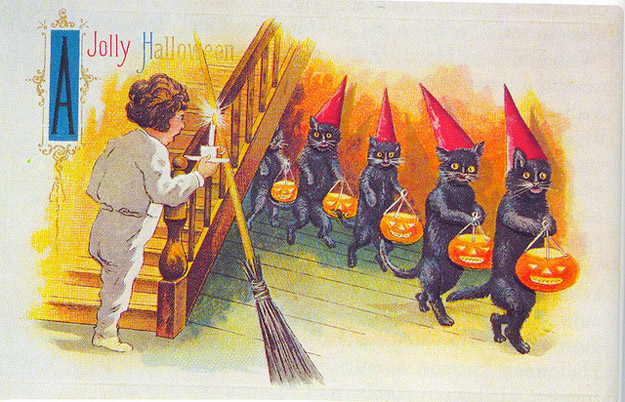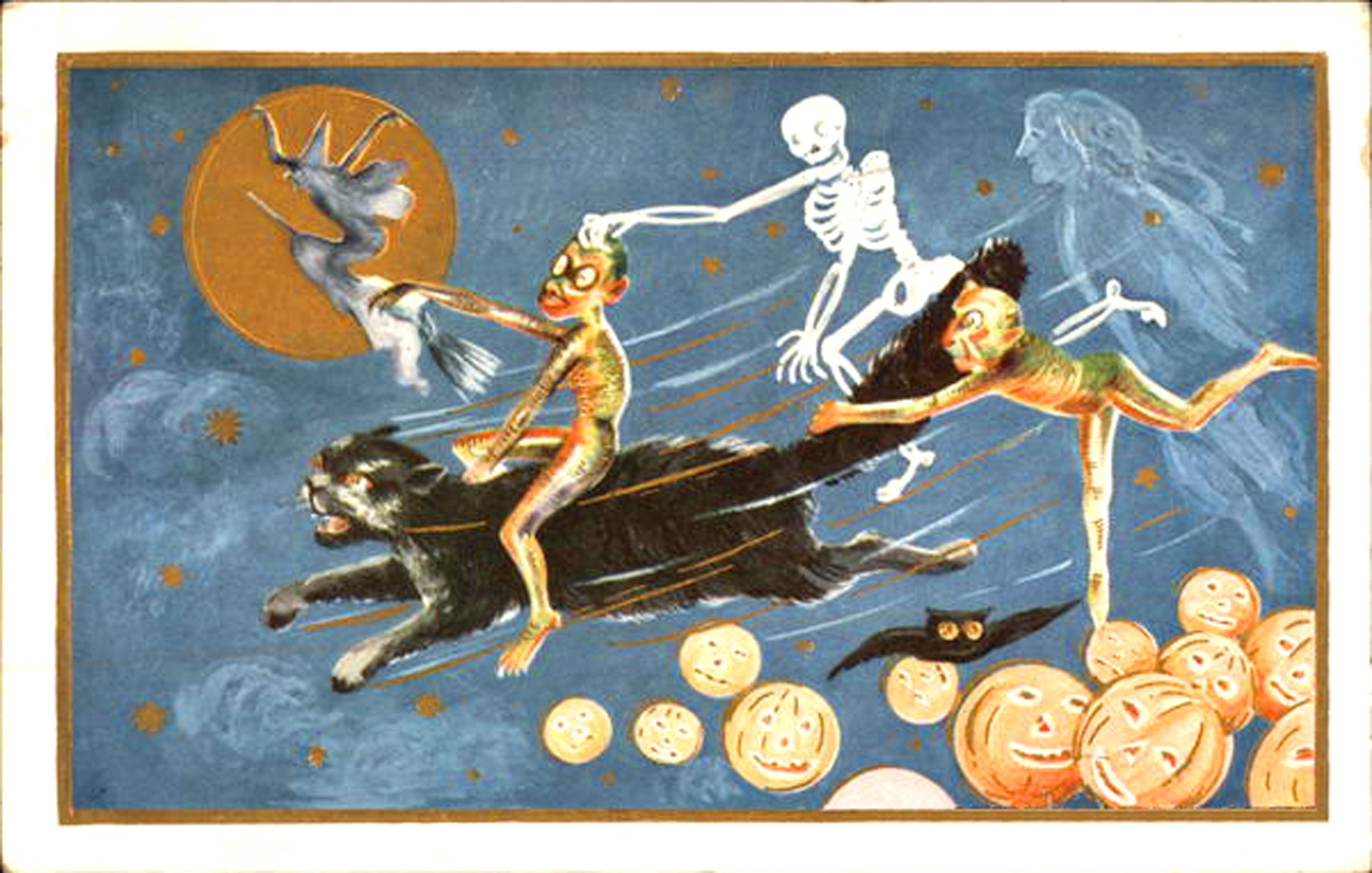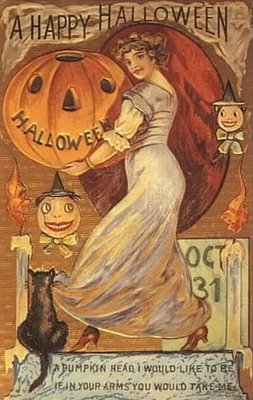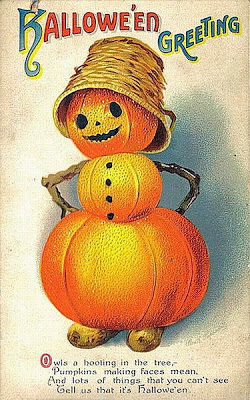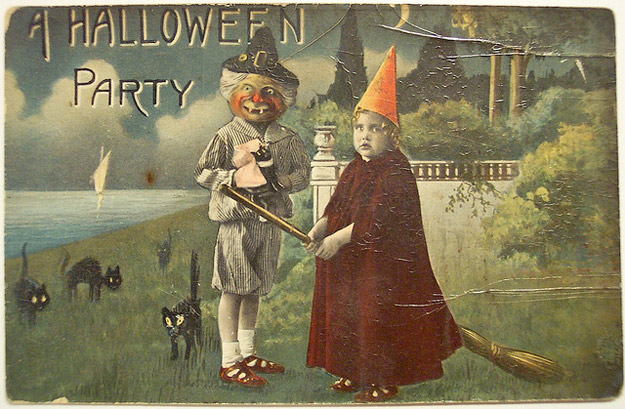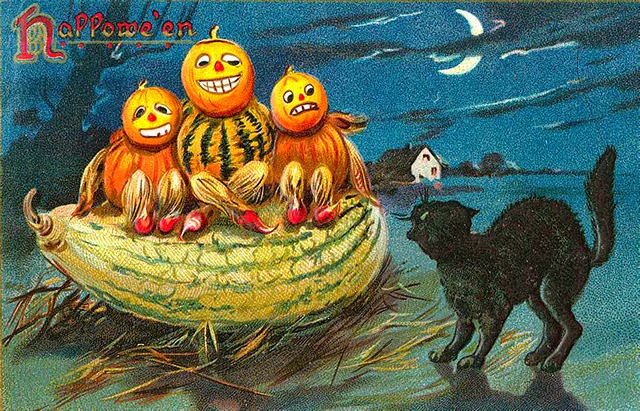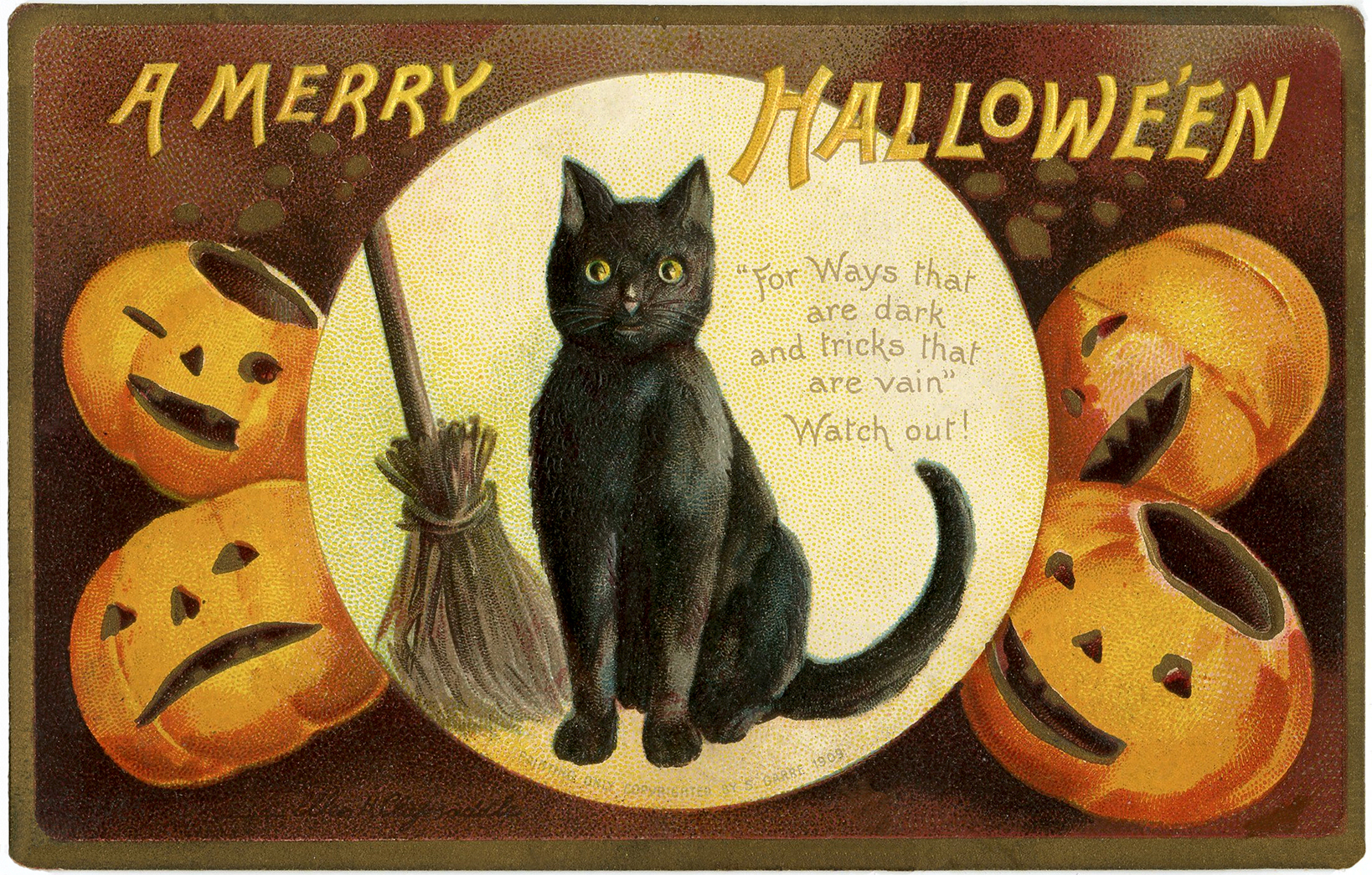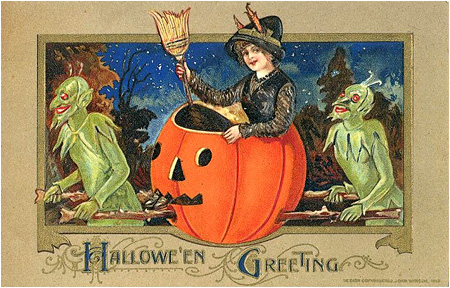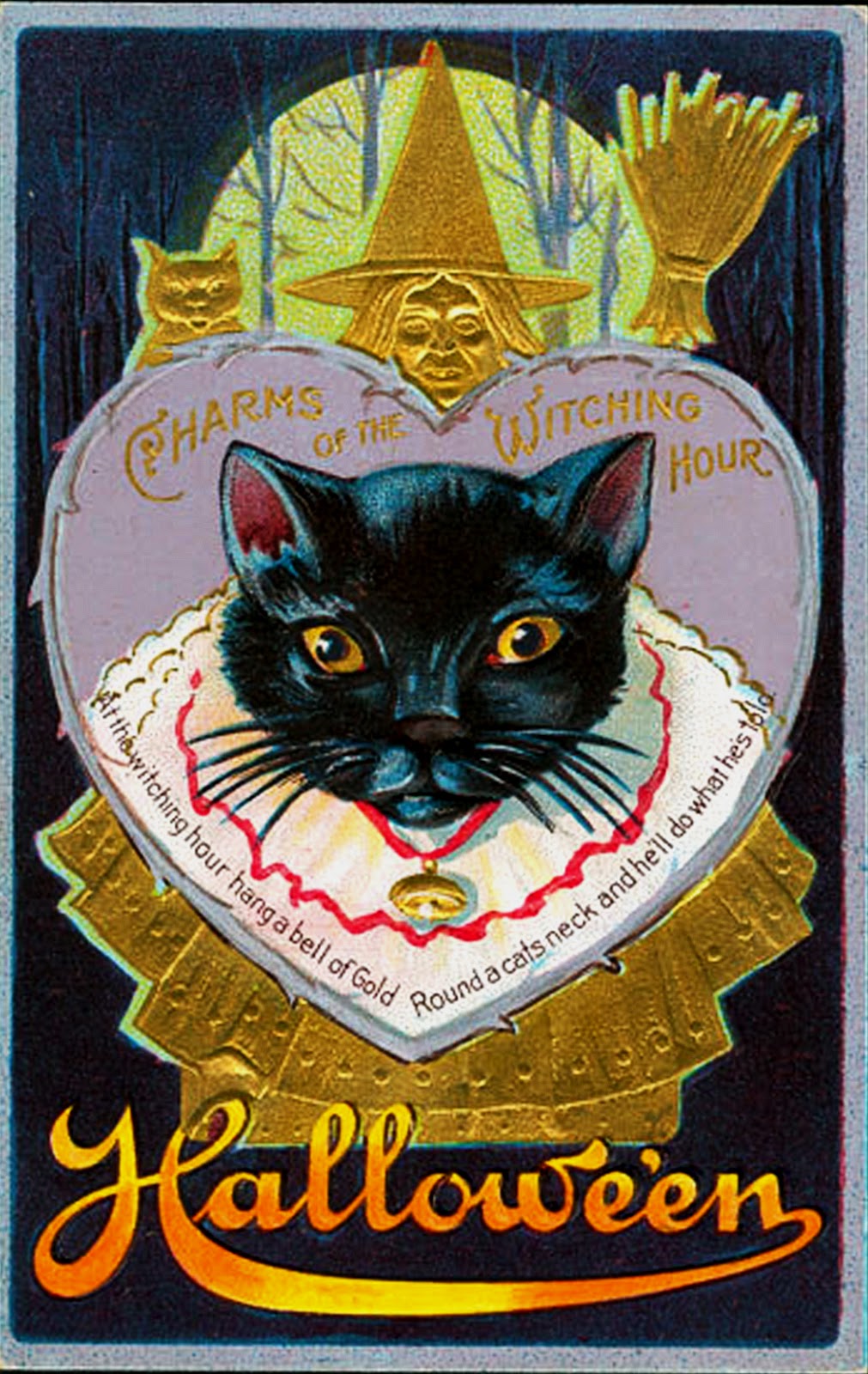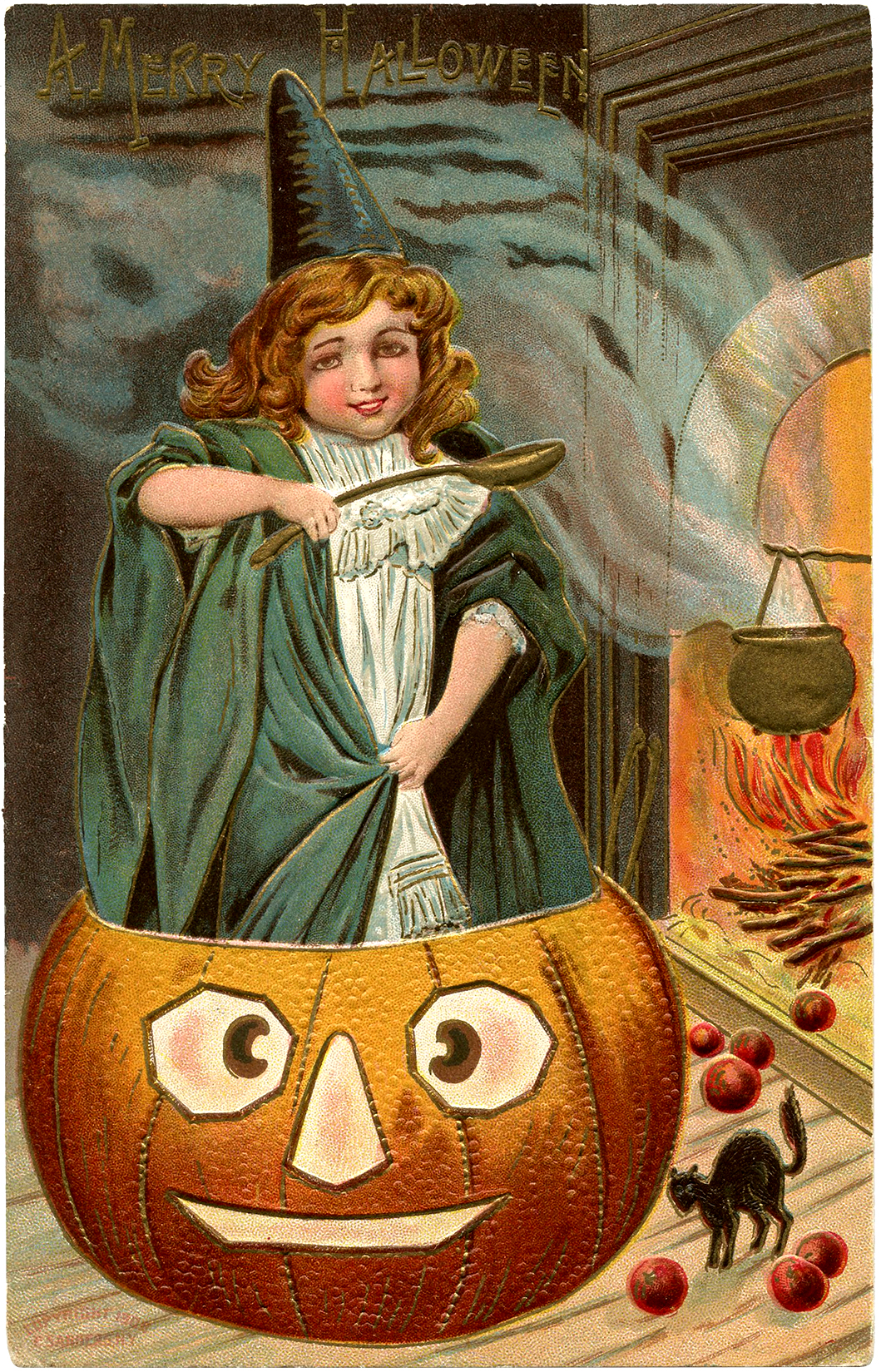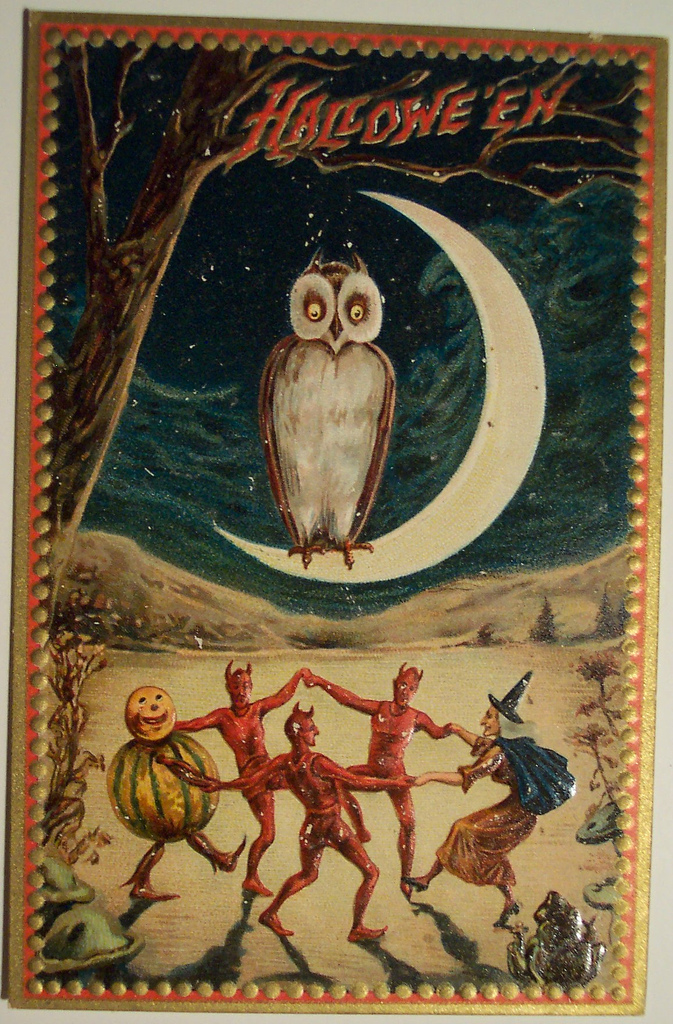The history of Beltane, from bonfires to maypoles. Plus, how to perform a Wiccan Beltane ritual and cast a witch’s ladder love spell.
Beltane might have started with the ancient peoples of Western Europe — but celebrations still take place nowadays.
Who knew that jumping over flames was the key to making babies?
The ancient Celts, that’s who. The practice was a staple of the holiday known as Beltane.
Now a Wiccan holiday, Beltane is traditionally celebrated as a spring festival, usually on or around May 1 in the Northern Hemisphere. (You can imagine how it has influenced modern May Day celebrations.) It marks the midpoint between the spring equinox and the summer solstice, which means that it is a cross-quarter festival, falling halfway between two of the four major solar festivals of the year (the equinoxes and solstices). However, some people consider Beltane to be a summer festival, as it is often associated with the beginning of the summer season and the longer, warmer days that come with it.
“Participants would jump over fires or pass through them for purification and blessings — and to increase their chance of getting knocked up. ”
“The celebration of Beltane was linked to the ancient Celtic calendar, which divided the year into two halves, light and dark. Beltane was a time of transition between the two, marking the beginning of the light half of the year,” Peter Berresford Ellis writes in The Druids.
Queen Guinevere’s Maying by John Collier, 1900
While its exact origins are shrouded in mystery, we do know that Beltane has been celebrated in one form or another for thousands of years. It’s believed to have originated as a Celtic festival to celebrate fertility and growth, which is why people would dance around a giant phallic symbol (the maypole) and leap over bonfires. Apparently, this was all very conducive to fertility. Couples would join in the fun and leap together to cement their bond.
This bonfire is too high to jump over. Many Wiccans and neopagans today prefer to jump over a candle.
From Fertility to Frivolity: The Flaming Hot History of Beltane
Bonfires are a big part of Beltane.
Back in the day, people would light giant fires and lead their livestock through the flames to purify them from disease and ensure fertility for the coming year. (I don’t recommend trying that at home, folks.)
It wasn’t just about the animals, though. Bonfires were set ablaze for the community to celebrate the returning warmth and light of the sun. Participants would jump over the fires or pass through them for purification and blessings — and to increase their chance of getting knocked up.
It’s not certain, but a man and woman might have come together sexually during the rite of Beltane in the past as way to symbolize the union of the Goddess and God.
Ritual sex might have been practiced at Beltane.
In addition, people would maybe even indulge in a little bit of ritual hanky-panky (if you catch my drift). There’s evidence to suggest that ritual copulation may have been part of Beltane celebrations in pagan times. Some historical accounts describe Beltane as a time when couples would come together in a sacred union to symbolize the union of the Goddess and the God, or the masculine and feminine energies of the universe.
Walpurgisnacht/Hexensabbat by Orlando Antonio, 1878
Beltane gets connected to Walpurgis Night.
Beltane is sometimes celebrated on the same day as Walpurgis Night (Walpurgisnacht or Valborgsmässoafton), a pagan festival observed in parts of Northern Europe. The festival is named after Saint Walpurga, an 8th century Christian missionary who was believed to have fought against pagan customs and beliefs (boo, hiss).
In Germanic folklore, Walpurgis Night was believed to be a time when witches and supernatural beings gathered on mountaintops to hold revels and celebrate the coming of spring. Bonfires were lit to ward off evil spirits, and people would dress in costumes or wear masks to avoid being recognized by the evil creatures.
Around Beltane, pilgrims tie ribbons to trees when visiting this holy well at Cranfield in Northern Ireland.
On Beltane, holy wells or natural springs were visited.
This was yet another way to celebrate the return of life and fertility to the land. Some of the customs that people performed at holy wells on Beltane were:
Leaving offerings of flowers or small personal items, including tying ribbons to nearby branches
Walking clockwise around the well while praying for good health
Drinking or washing with the water, which was thought to have healing properties
Collecting dew from nearby grass or flowers, believed to bring beauty and youthfulness
Hawthorns are connected to the fairy realm.
The hawthorn tree, a symbol of Beltane, are portals to the fairy realm.
Hawthorn trees are a type of thorny shrub that have white flowers in the spring. In Celtic culture, hawthorns were considered sacred and connected to the fairy realm. They were often found near holy wells or on fairy hills, where they marked the entrance to the land of fey.
At Beltane, people would decorate hawthorn trees with ribbons and flowers as a way of making wishes or honoring the fairies. However, hawthorns were also feared, as they could bring misfortune if harmed. There was a strong taboo against cutting down a hawthorn tree or bringing its flowers into the house.
Some legends say that if you sit under a hawthorn tree on Beltane, you might see fairies — or even be snatched away by them.
Beltane is the perfect time to embrace new beginnings and focus on the things you want to change.
Modern-Day Wiccan Beltane Practices: Transformation Time
Beltane is also a time to embrace new beginnings, to take a long, hard look at your life and ask, “What do I want to achieve? What do I want to change?” And then you can dance around the bonfire and hope that the pagan gods give you a little nudge in the right direction.
“Beltane is a time to celebrate the life force within us and around us. It’s a time to honor the wildness and vitality of nature, and to tap into that energy to bring about positive change in our lives,” writes Phyllis Curott in Book of Shadows.
Here are some ways for modern-day Wiccans to celebrate Beltane:
Less explicit than ritualized coupling, maypoles are sometimes viewed as phallic, while the ribbons represent fertility. As they twine together, it’s a mingling of masculine and feminine energies.
Create a maypole.
You can decorate your maypole with ribbons or other symbols of the season, and dance around it with friends or family.
Cast a love spell.
Beltane is a time when the energies of love and fertility are said to be at their strongest. Many Wiccans choose to perform love spells during this time, whether to attract a new partner or to strengthen an existing relationship. I imagine it’s also a good time to work some magic to try to get pregnant.
Perform a garden blessing.
At Beltane, the Earth is coming back to life, and many Wiccans choose to bless their gardens or outdoor spaces at this time. You can create a simple ritual by lighting a candle and incense and reciting a blessing for the plants and creatures that call your garden home.
Welcome in warmer days, manifest love or pregnancy and work on your personal growth during a Wiccan Beltane ritual.
A Beltane Ritual
A Wiccan Beltane ritual is a way to honor the sacred union of the Goddess and the God, celebrate the fertility of nature, and express your personal goals and desires. There are many ways to perform a Beltane ritual, but here’s one example. What I love about Wicca is that you can always adapt any practices to your preferences and circumstances.
Find a tree branch to place on your altar.
Add ribbons, flowers, candles, incense (rose, violet or mugwort) and any other items that represent Beltane to you on your altar. You will also need a cup of a ritual beverage (such as wine or water), some bread or cake for an offering, and any spell components you want to use.
Take a ritual bath and dress yourself for Beltane.
Baths aren’t necessary, but it’s a good way to purify yourself and get into the zone. As for your ritual outfit, bonus points for flowers in your hair and a wreath or garland around your neck. Floral patterns are always a good idea at Beltane.
Light the candles and incense and ground yourself.
Cast a circle starting from the south (the direction of fire).
Chant:
By the powers of the Sky Father
The burst of wind, the shower of rain
The bolt of lightning, the clap of thunder
By the powers of the Earth Mother
The strong mountain, the fertile soil
The rushing river, the fragrant wildflowers
May this circle be cast
A place between the worlds
On this Beltane Sabbat
Joining the powers above
And the powers below
So mote it be.
Invoke the Goddess and God.
Do this in whatever way feels right to you. You can use statues, candles or pictures to represent them on your altar. You can also recite a poem or prayer dedicated to them. For example:
Blessed be the Lady of Spring
Who brings life and joy to all things.
Blessed be the Lord of Fire
Who sparks passion and desire.
Express your gratitude for all that you have received.
Think about how you have grown physically, mentally, emotionally and spiritually in this season. Thank the deities for their gifts and guidance.
State your intentions for what you want to manifest in your life.
What areas of your life need more growth, creativity or love? Write them down on ribbons. Tie the ribbons around your tree branch while saying what you want to attract into your life.
Make a witch’s ladder to bring love into your life.
Braid three ribbons (pink, red and white). Weave in objects that symbolize love, such as rose petals, heart-shaped charms and rose quartz crystals.
As you do, chant:
Love come near, love come fast
Love be strong, love be lasting
Love be kind, love be true
Love be mine, I welcome you.
Hang the witch’s ladder somewhere you can see it often.
Celebrate by eating and drinking your offerings.
Thank the Goddess and God for sharing their energy with you.
Close the circle.
Do this in the reverse order from how you invoked them.
Say:
The circle is open but unbroken.
May peace and love remain within.
Merry meet
Merry part
And merry meet again.
St. George’s Kermis With the Dance Around the Maypole by Pieter Brueghel the Younger, 1627
As if longer, warmer days weren’t enough to celebrate, Beltane’s also got pole dancing, leaping over flames, tempting fairies, casting love spells and maybe even a little outdoor sex. It’s the ultimate spring fling. –Wally


